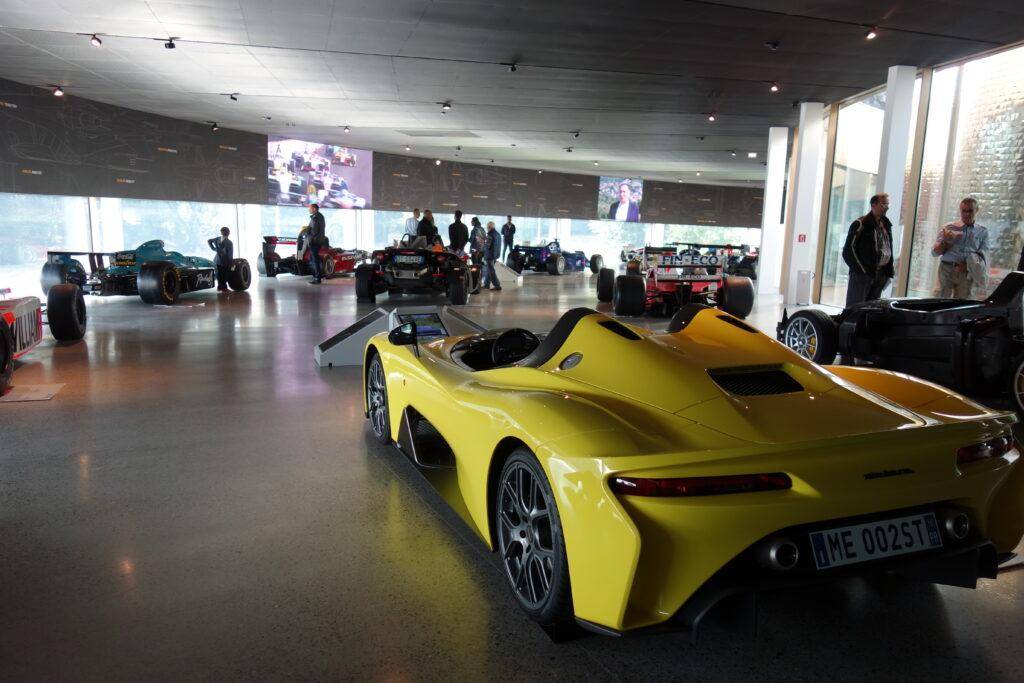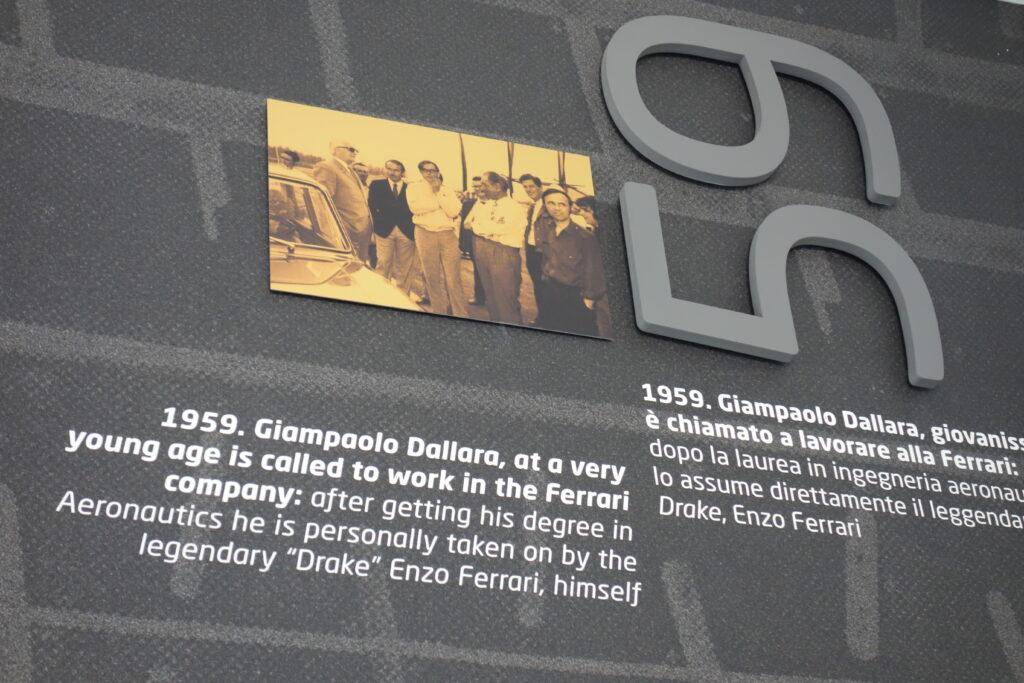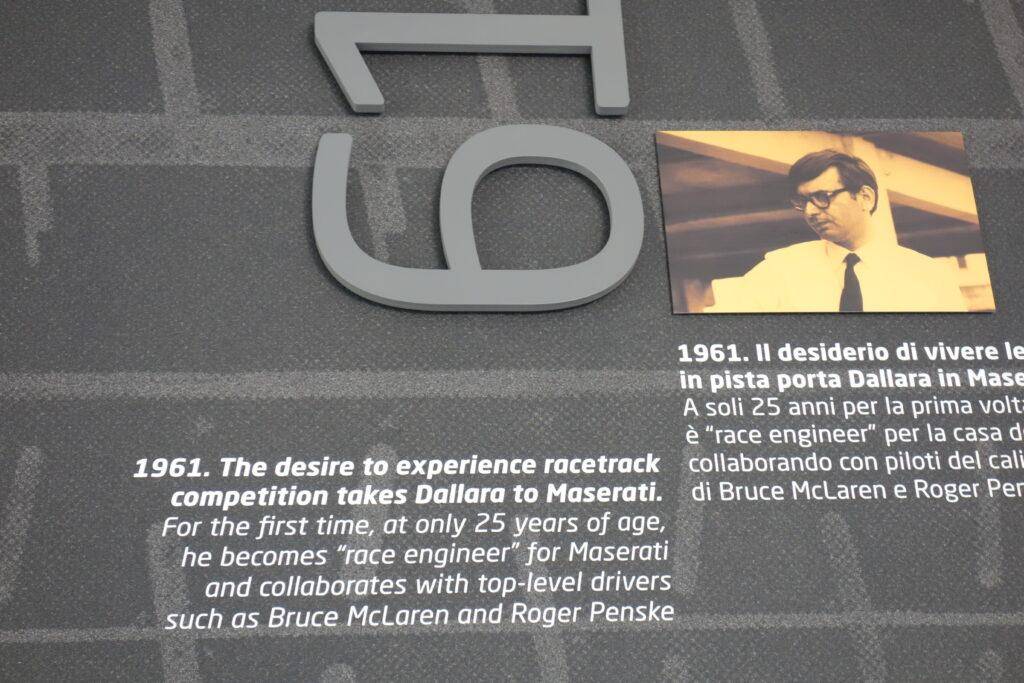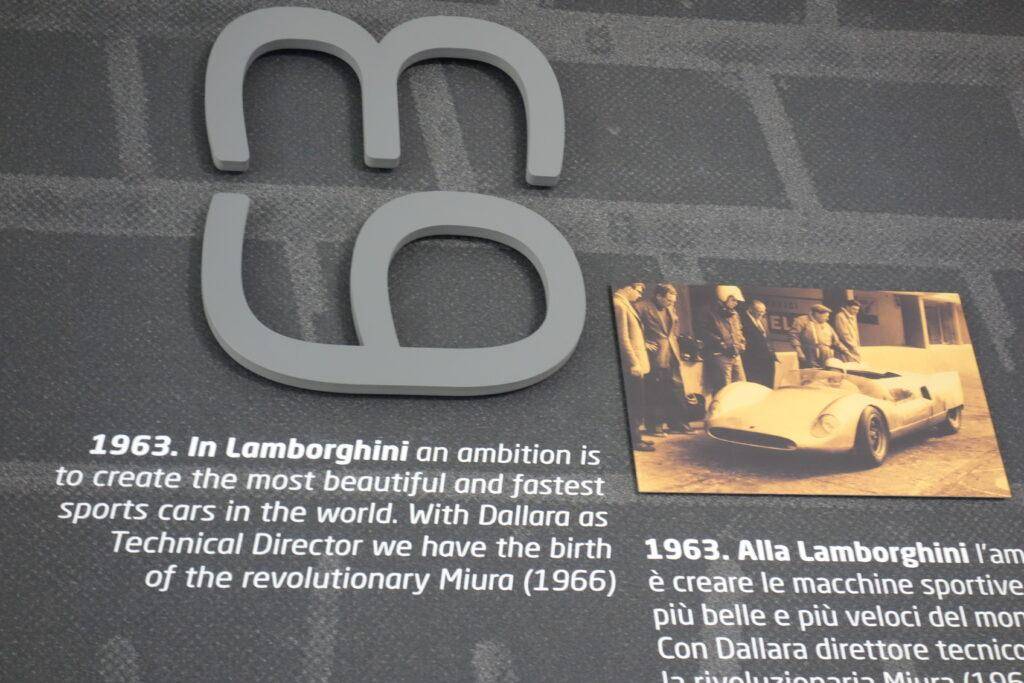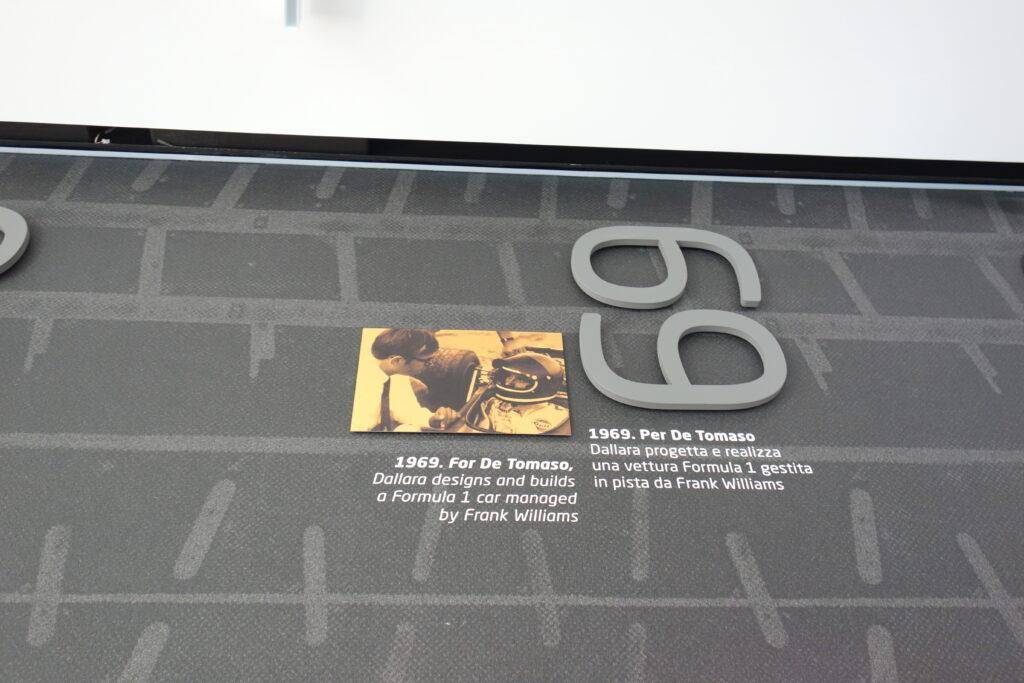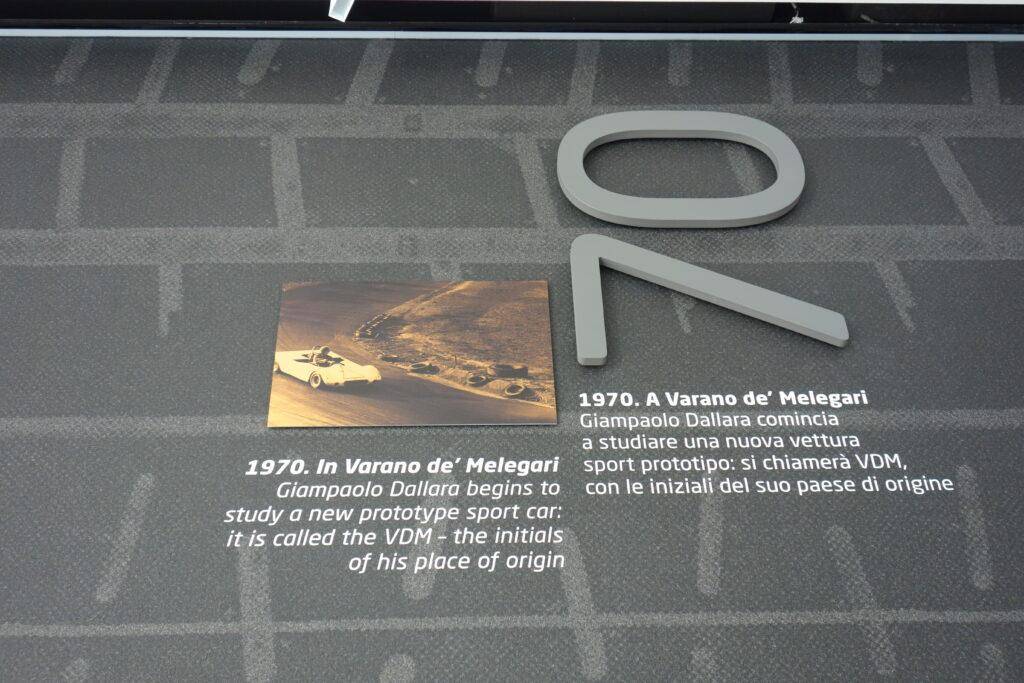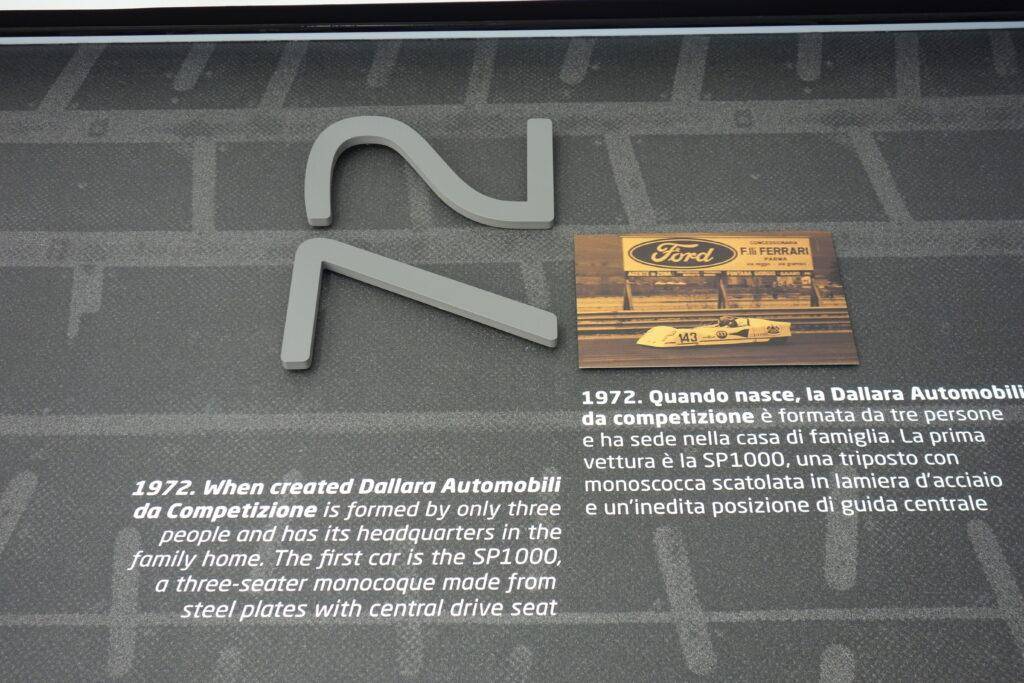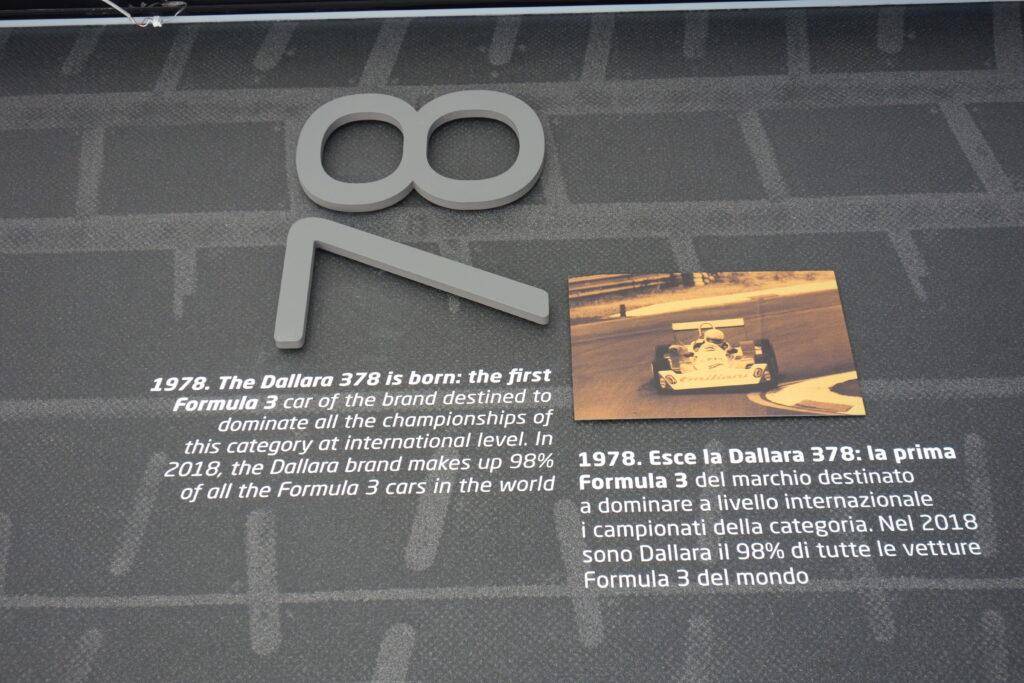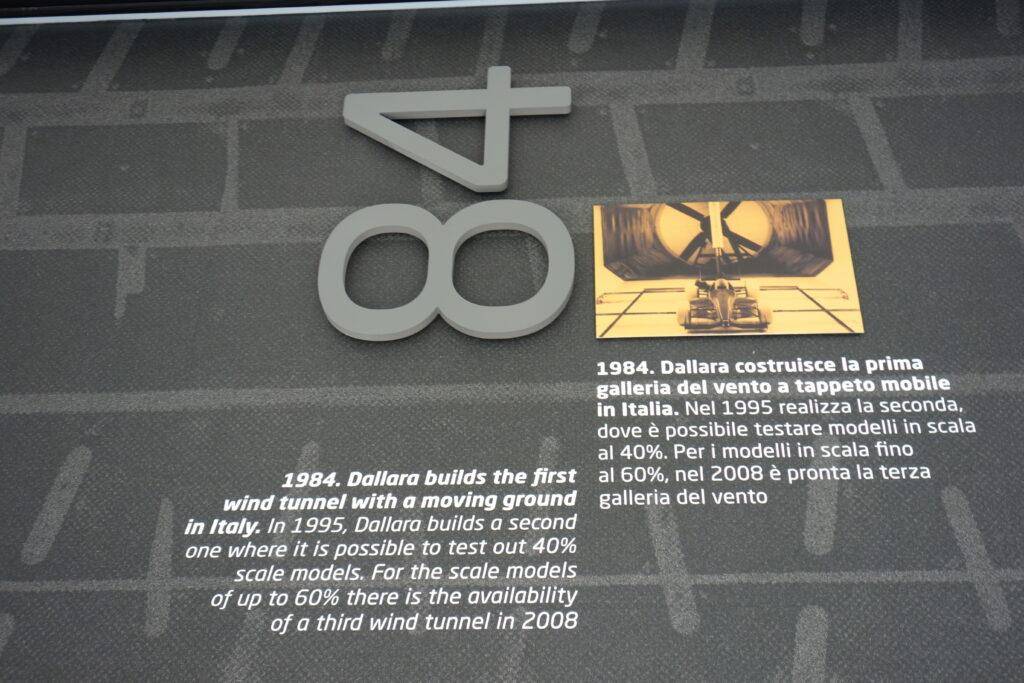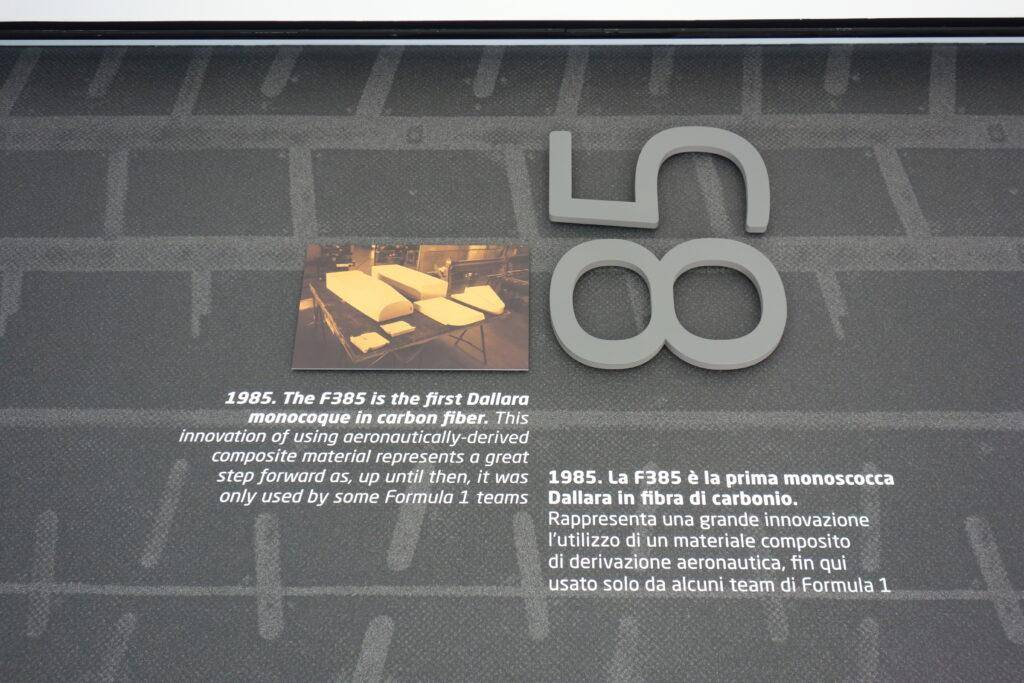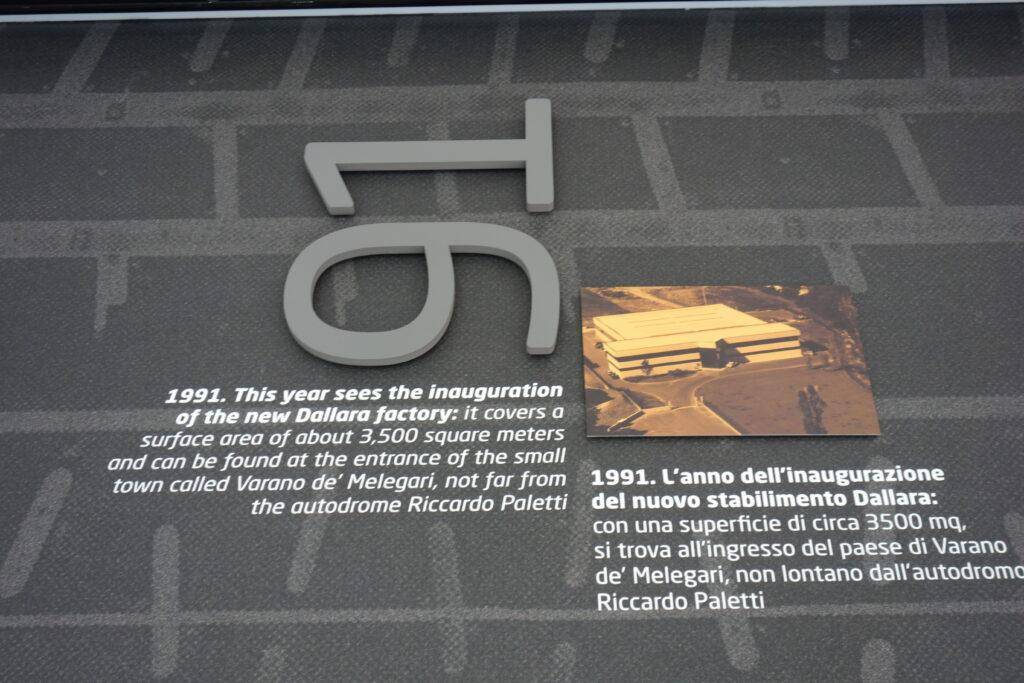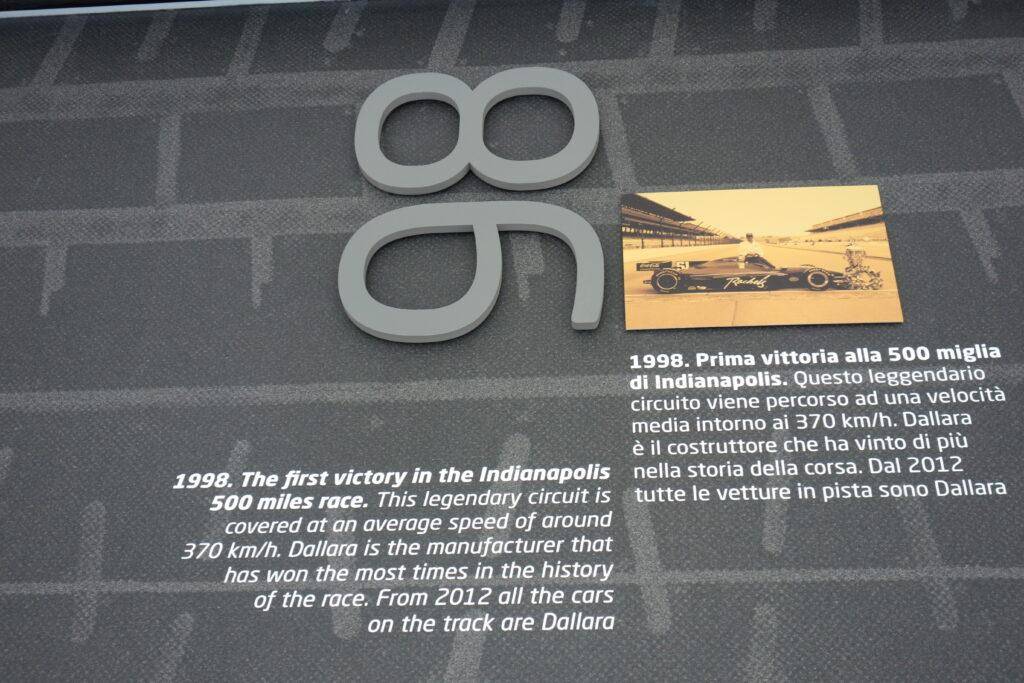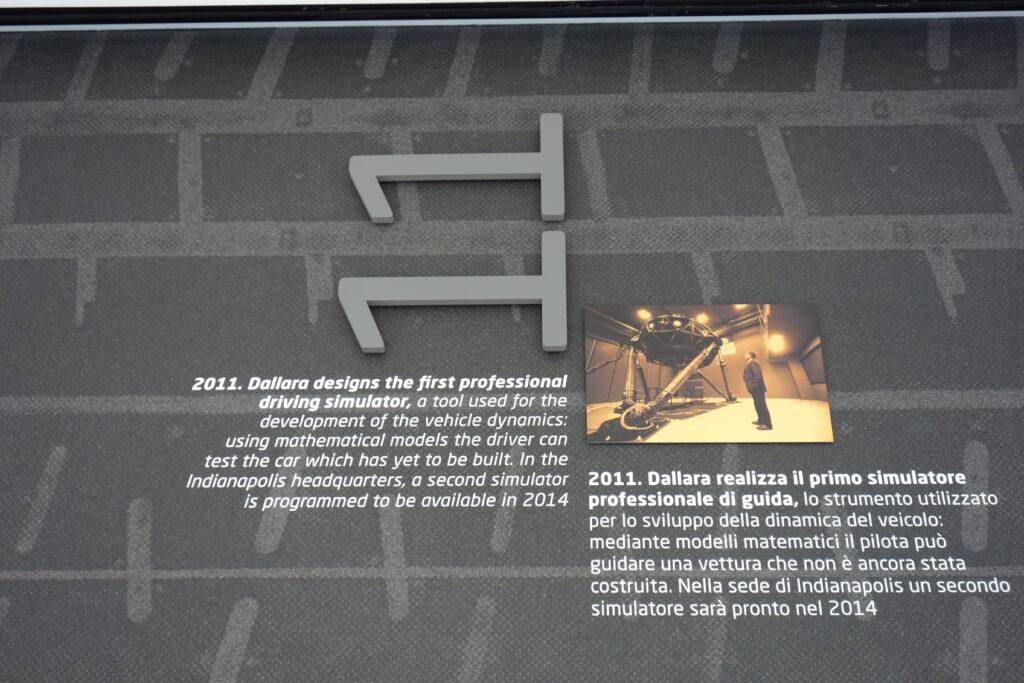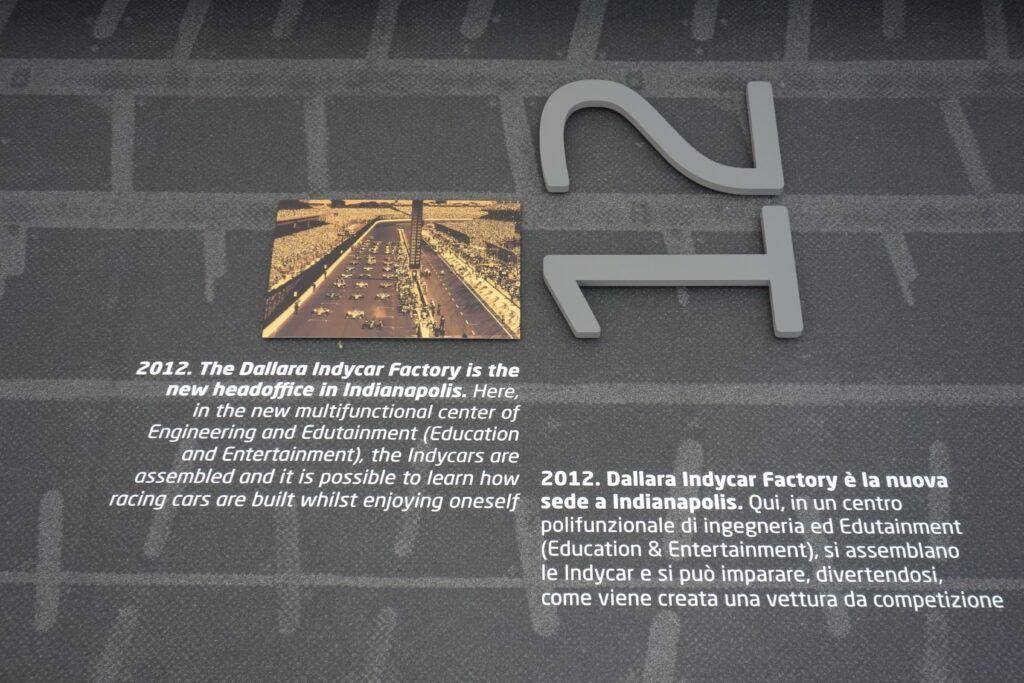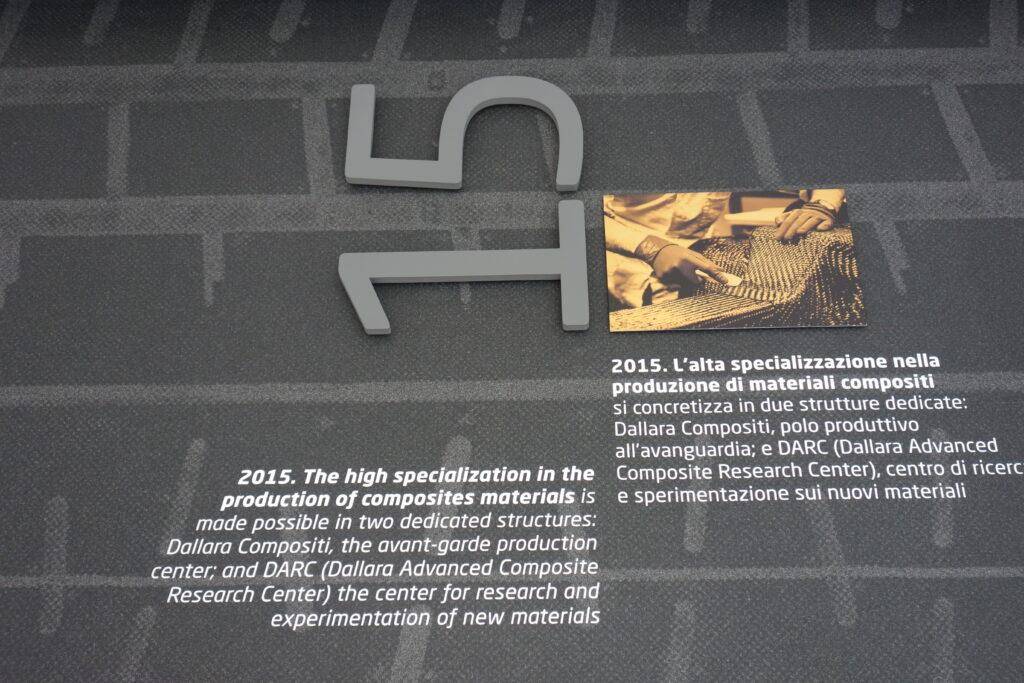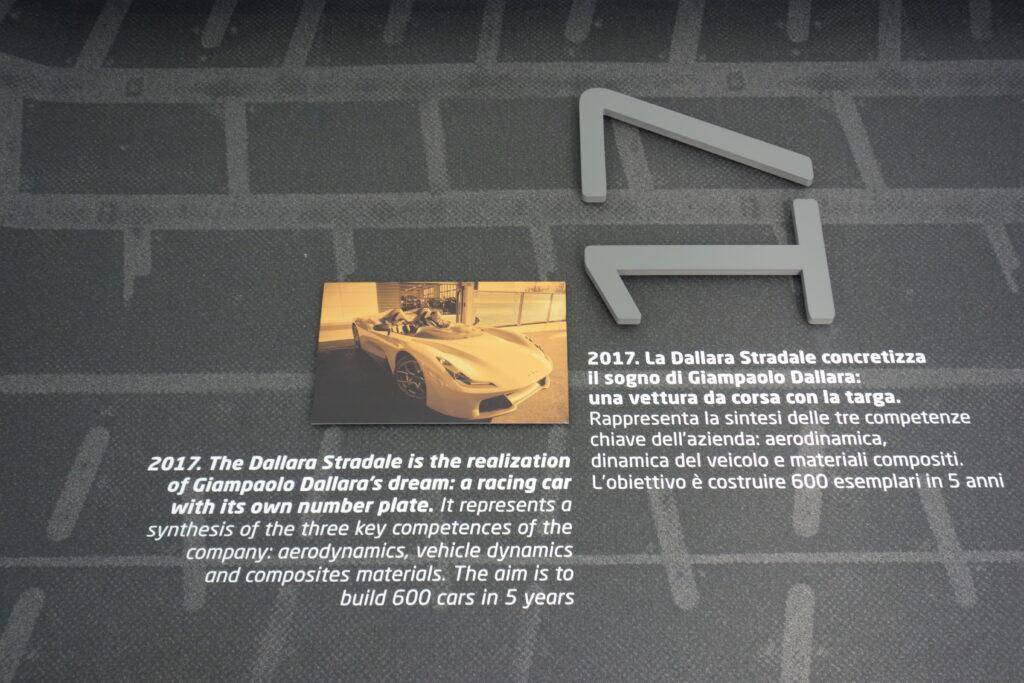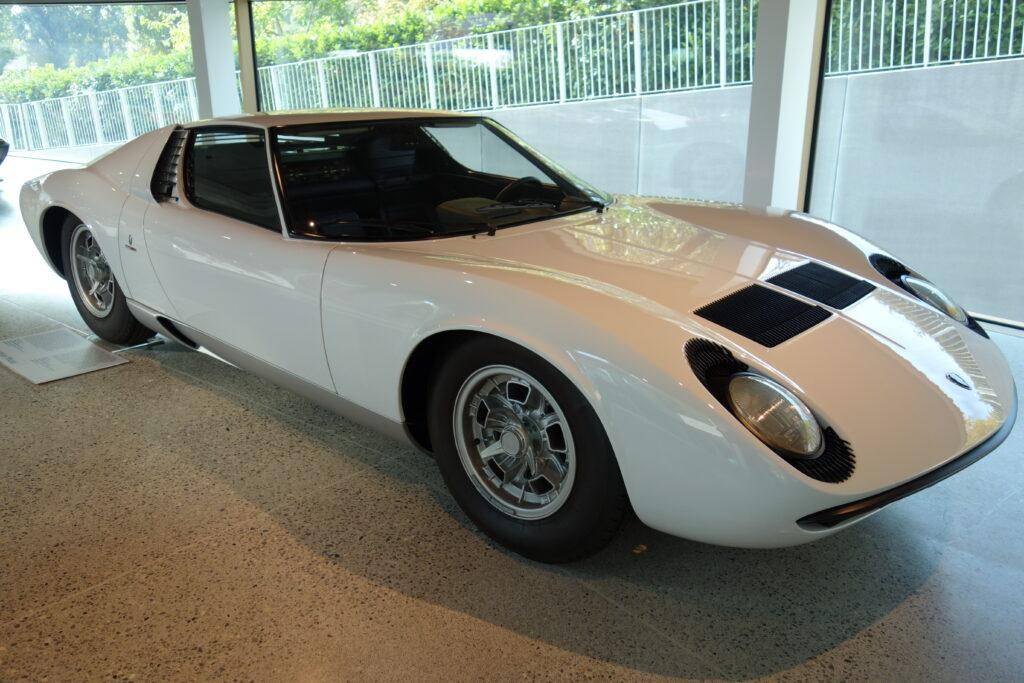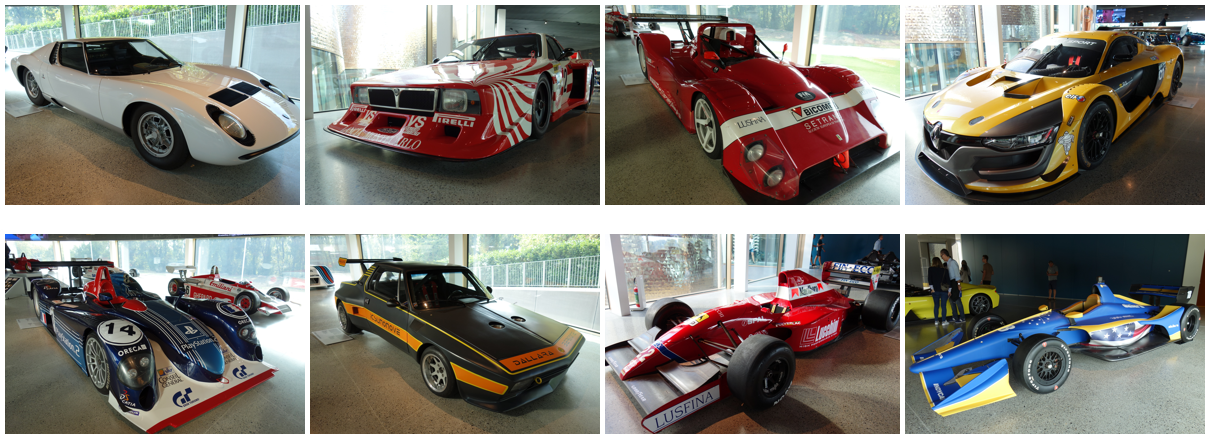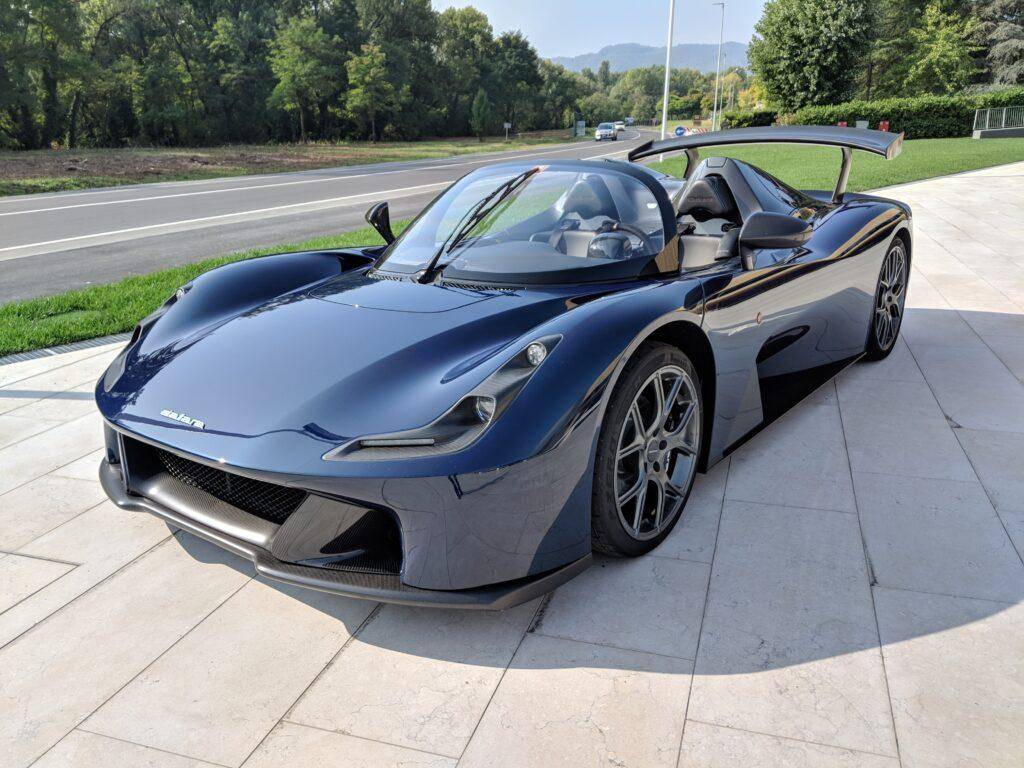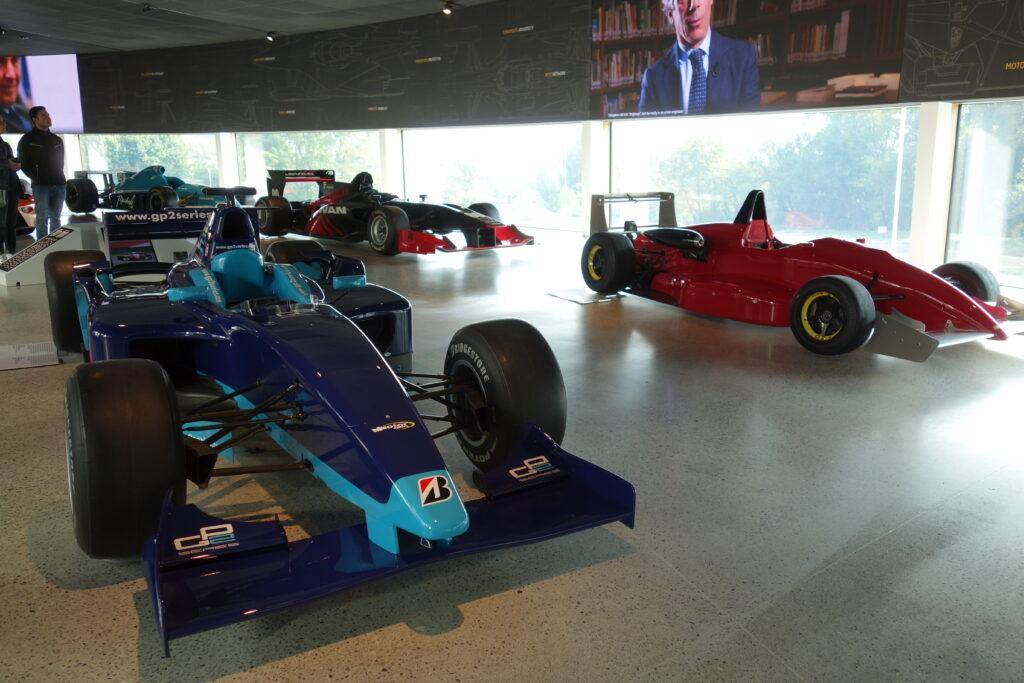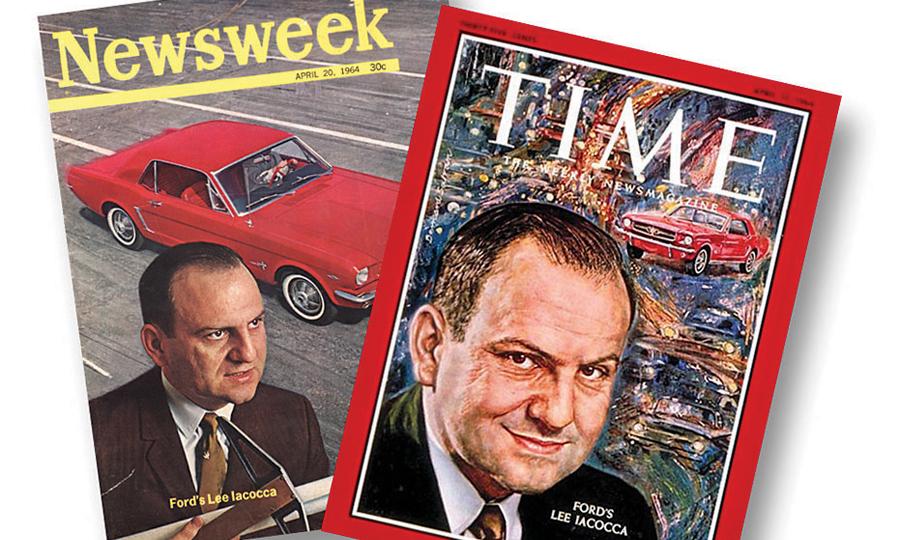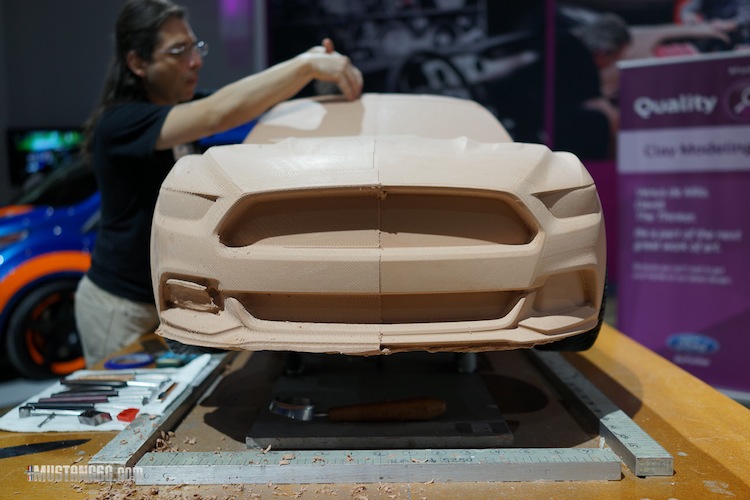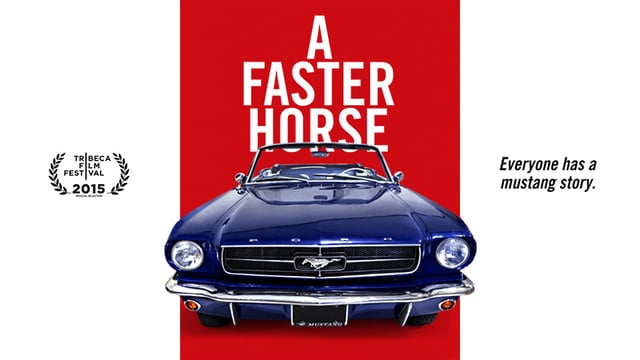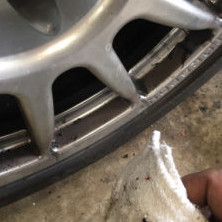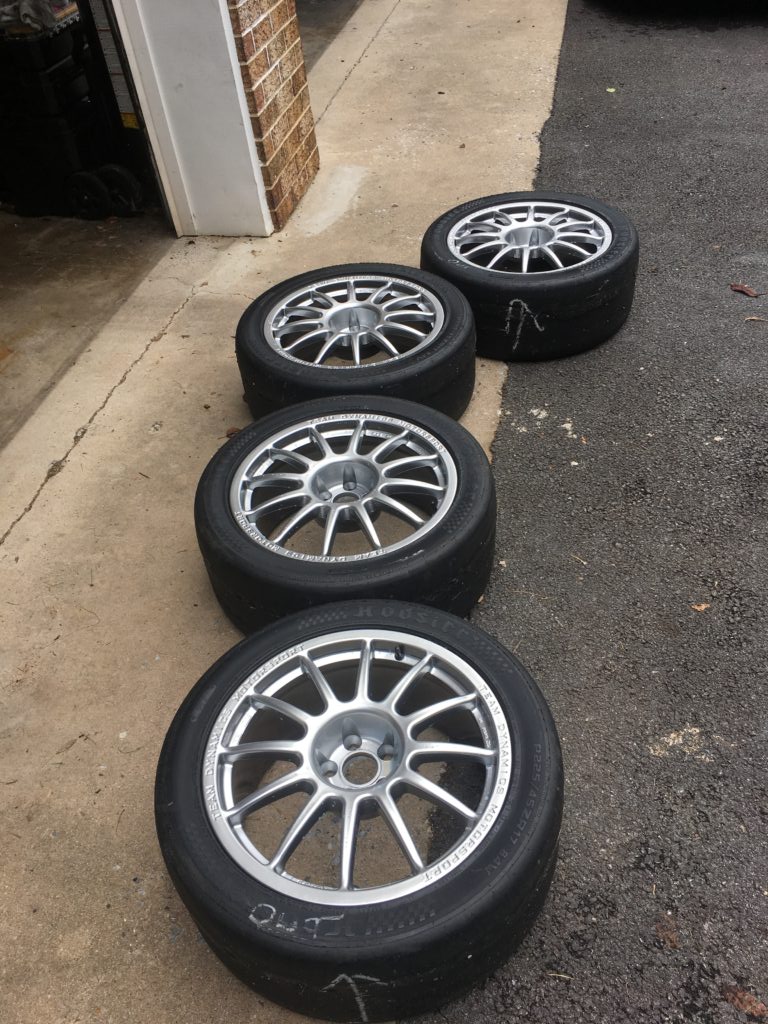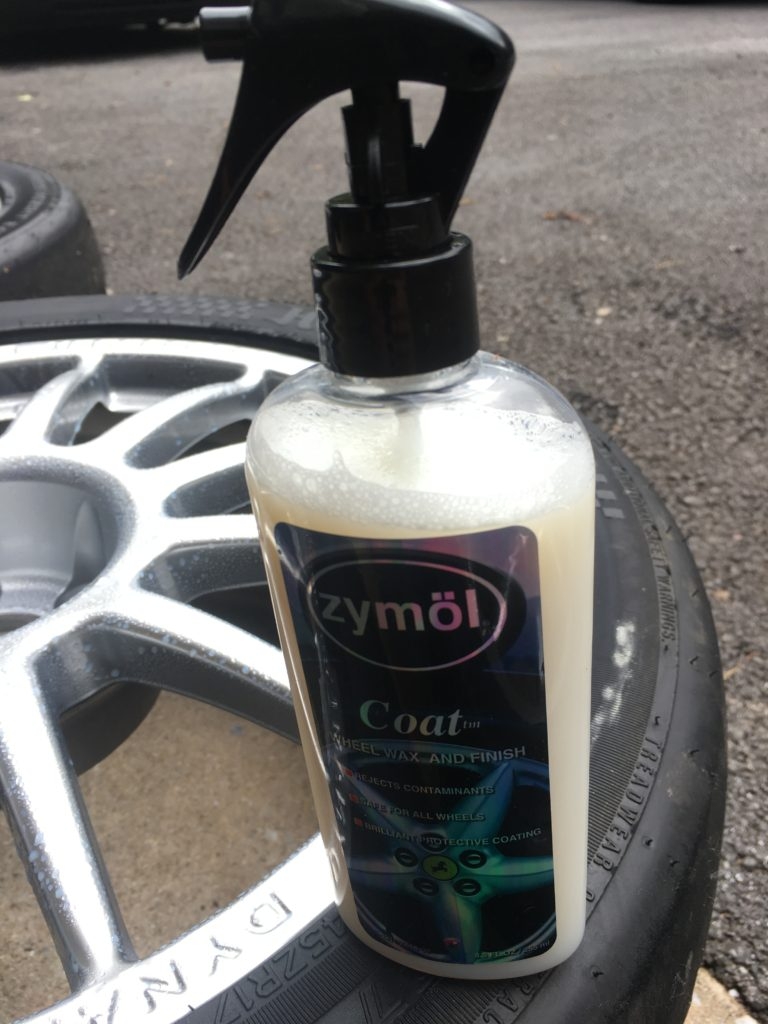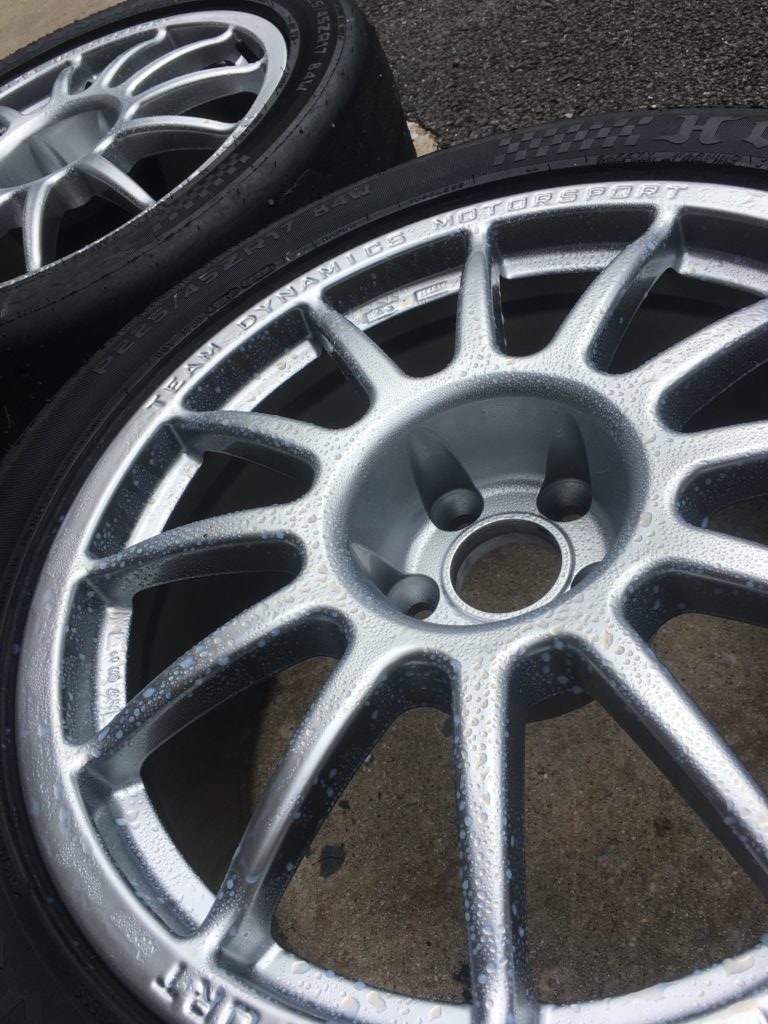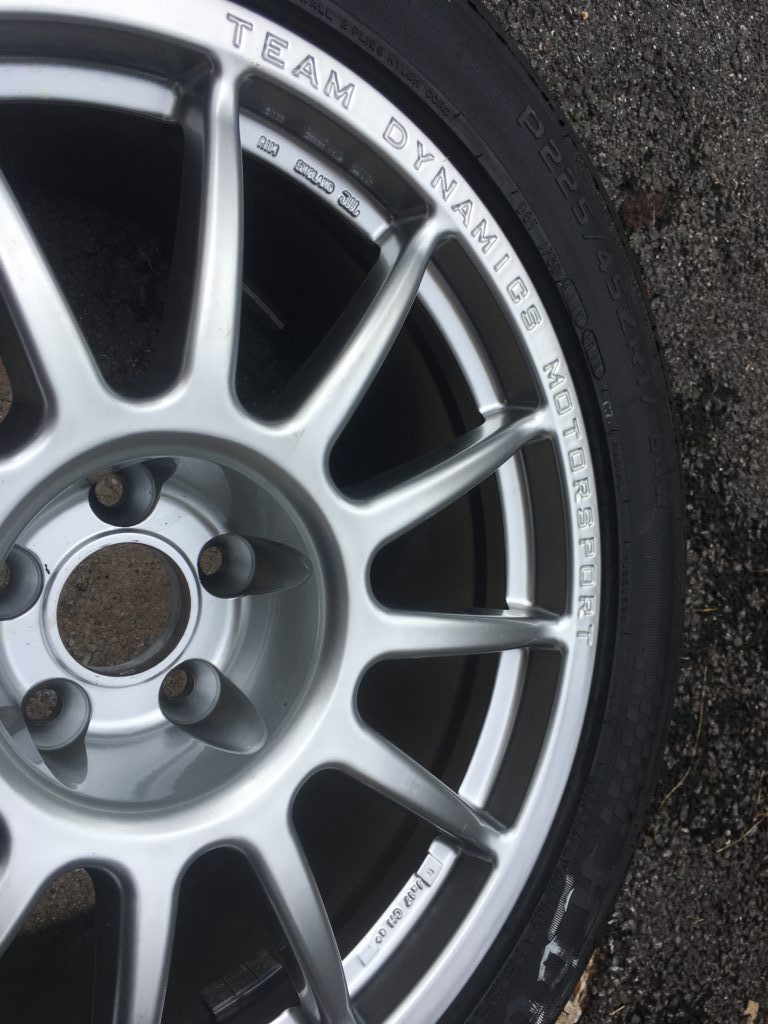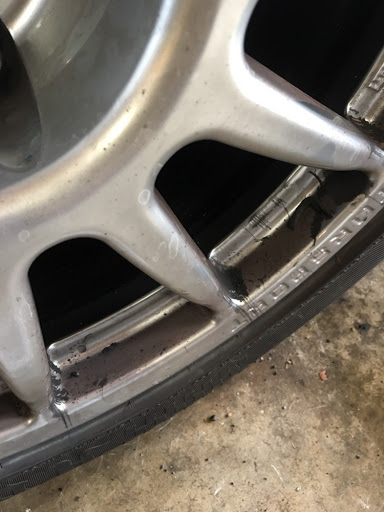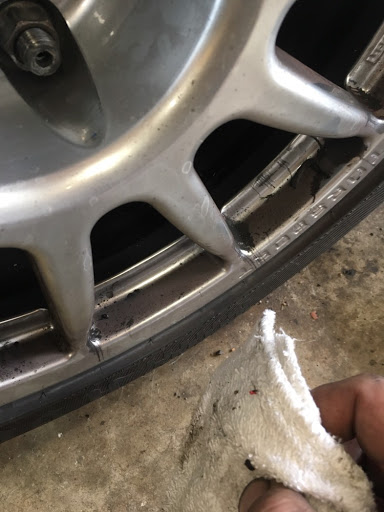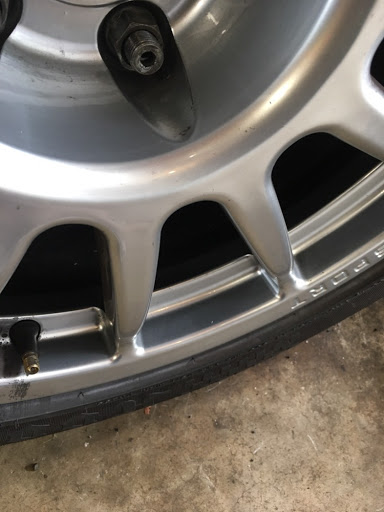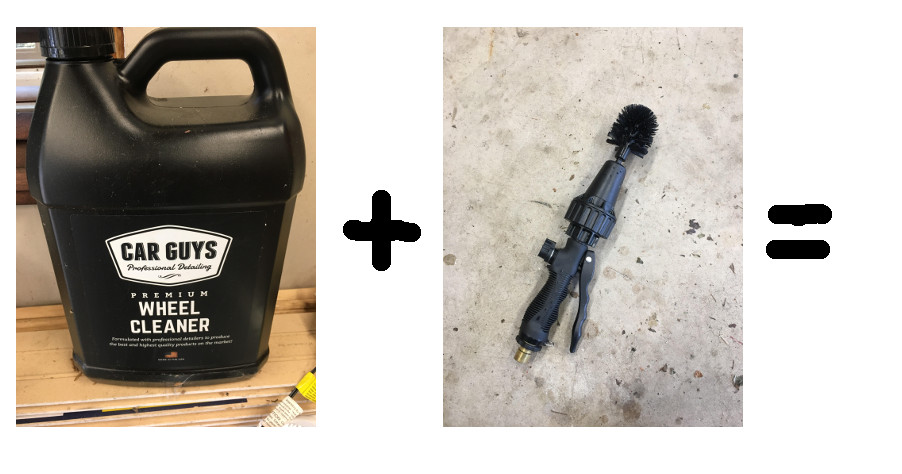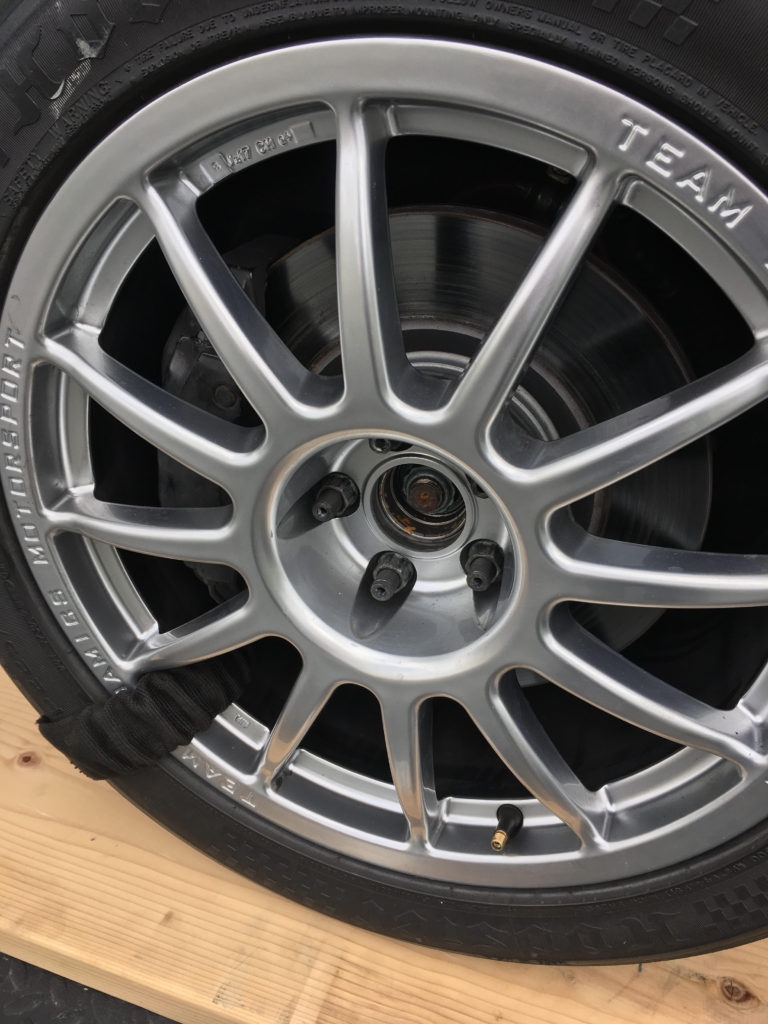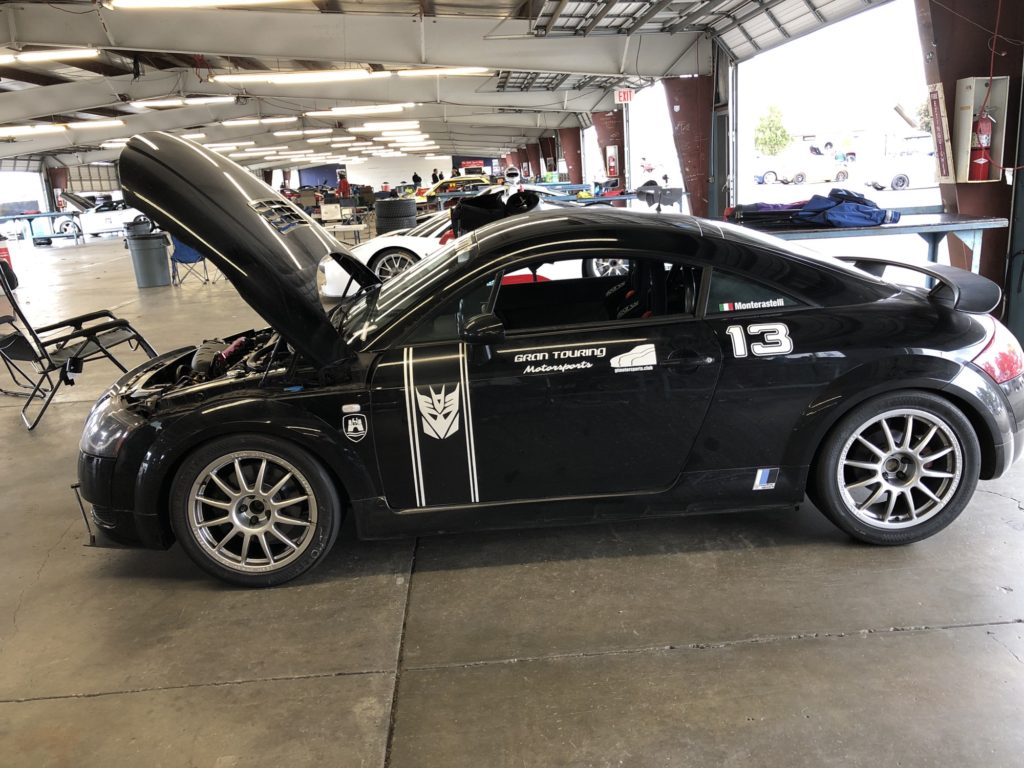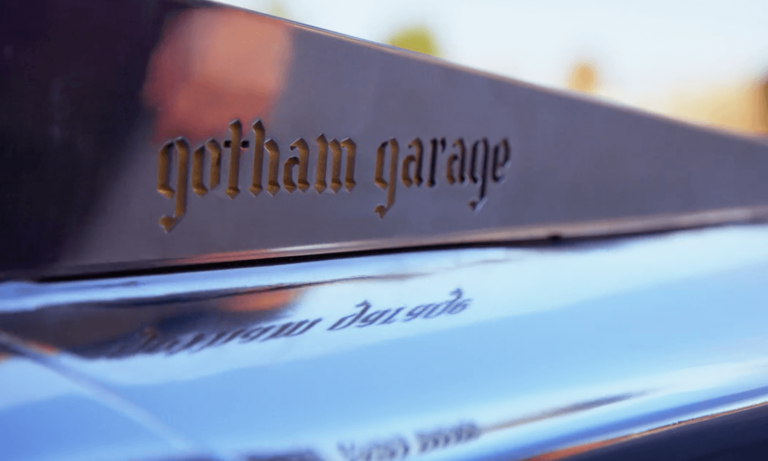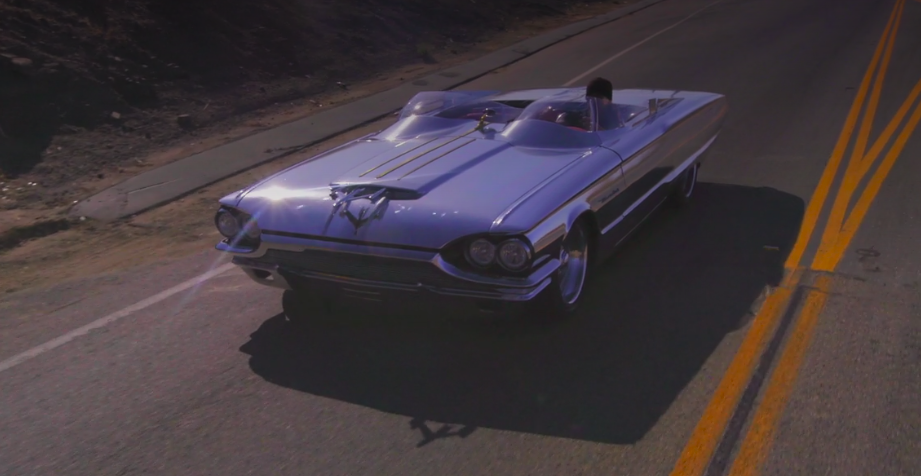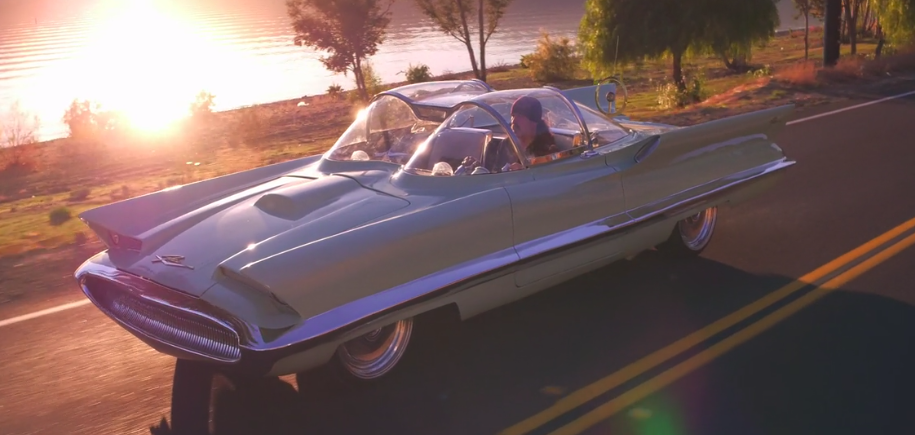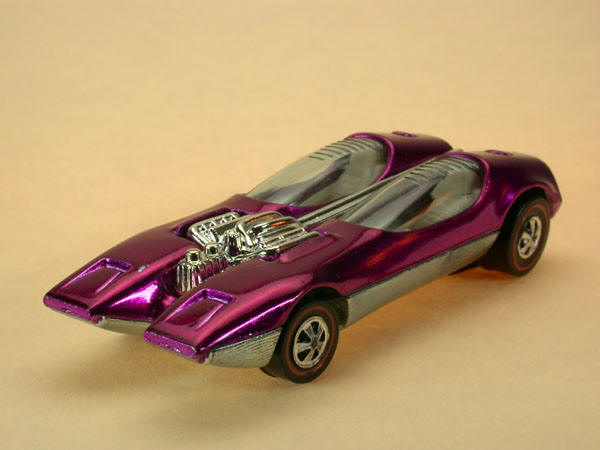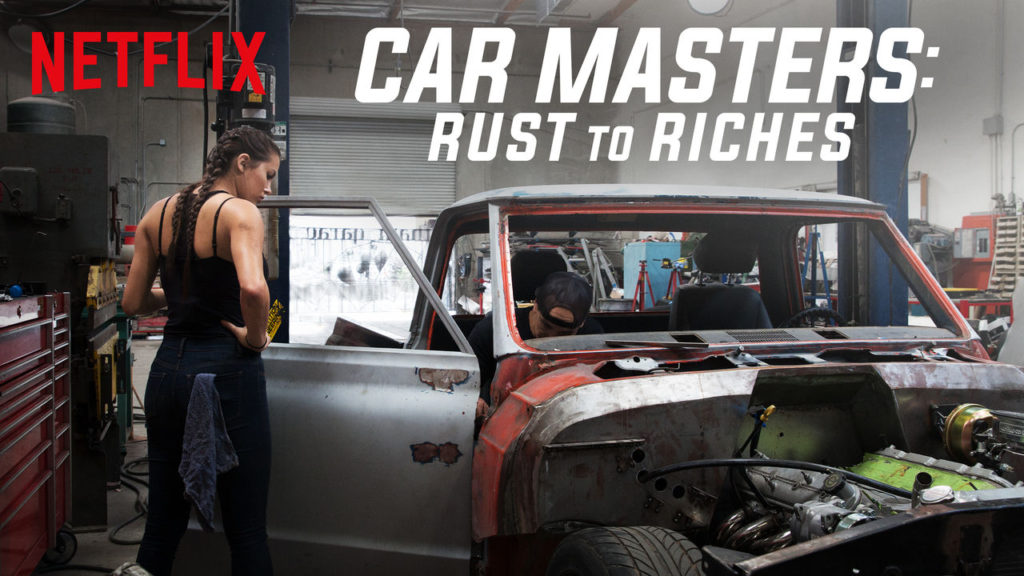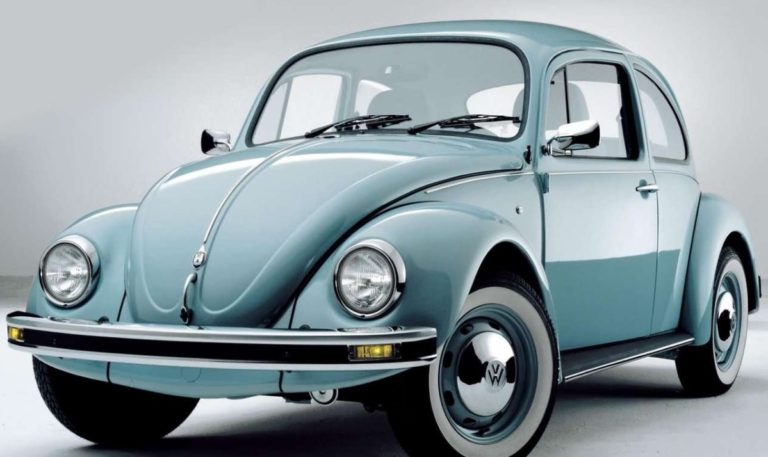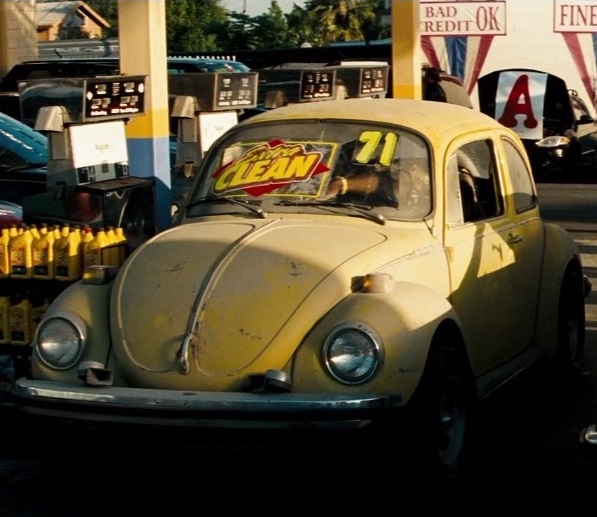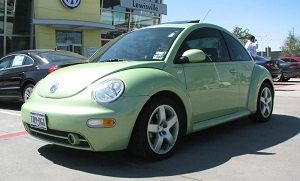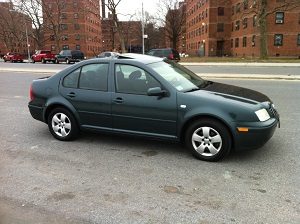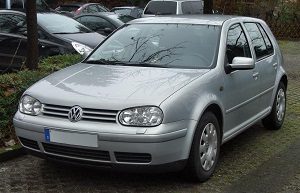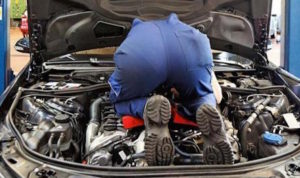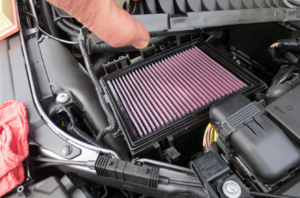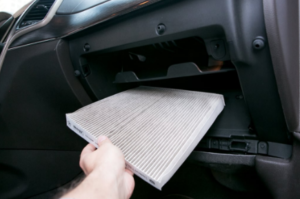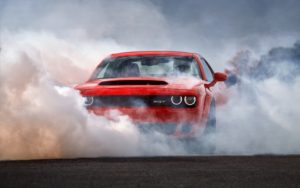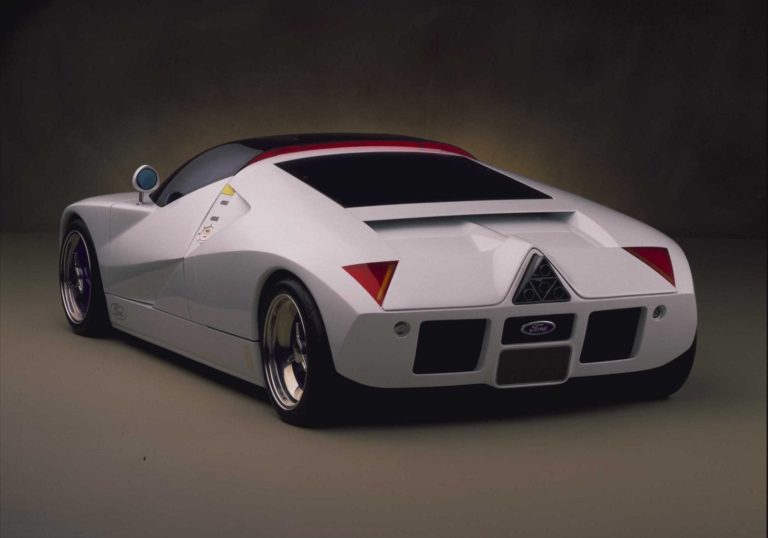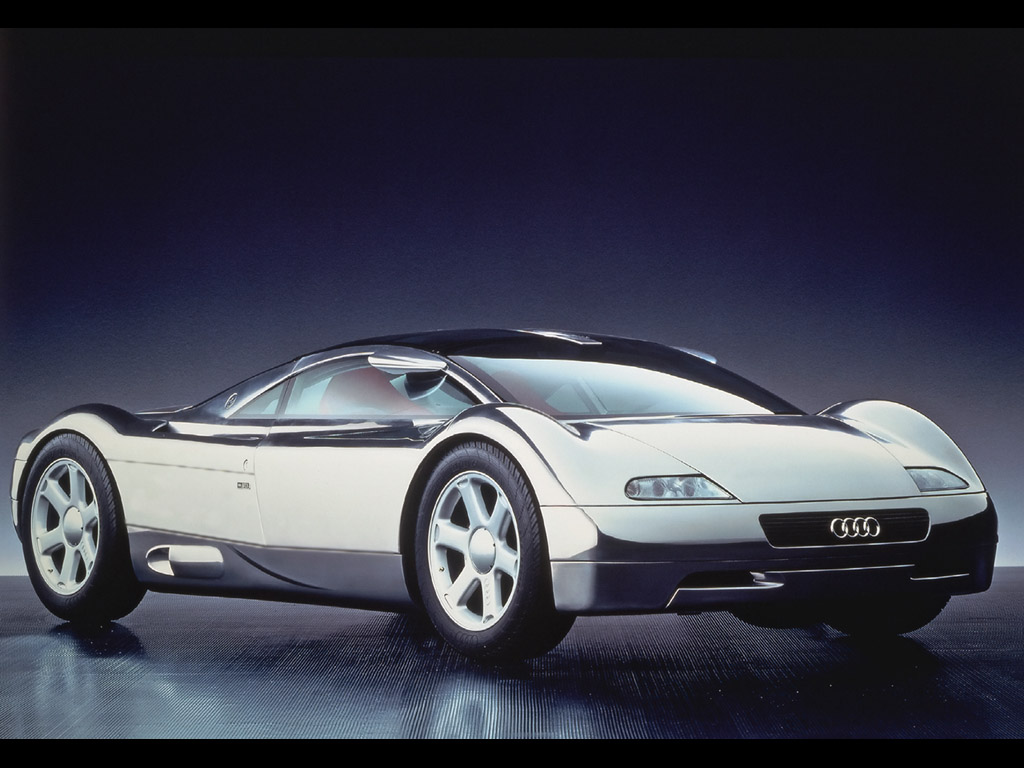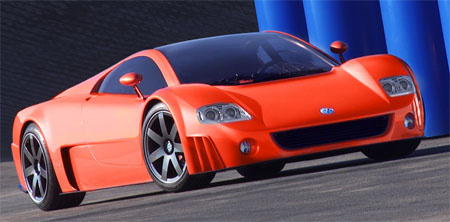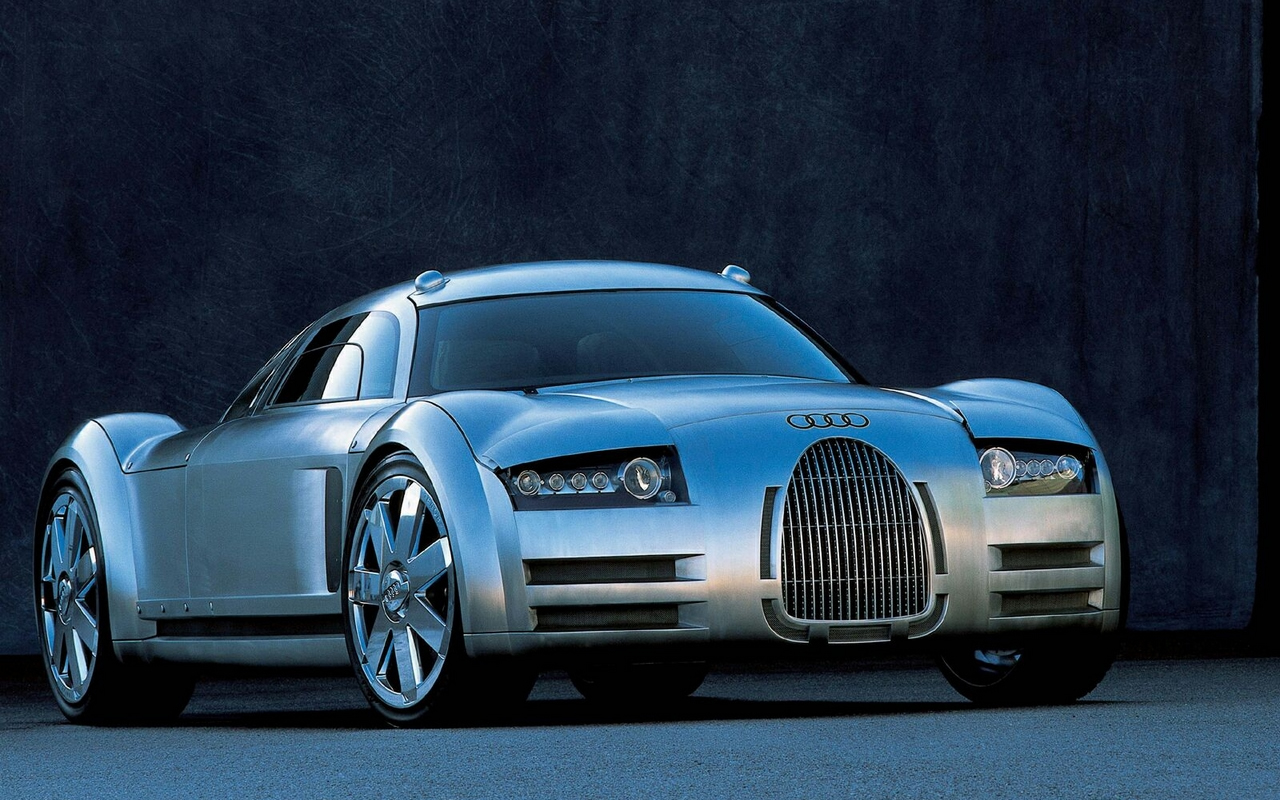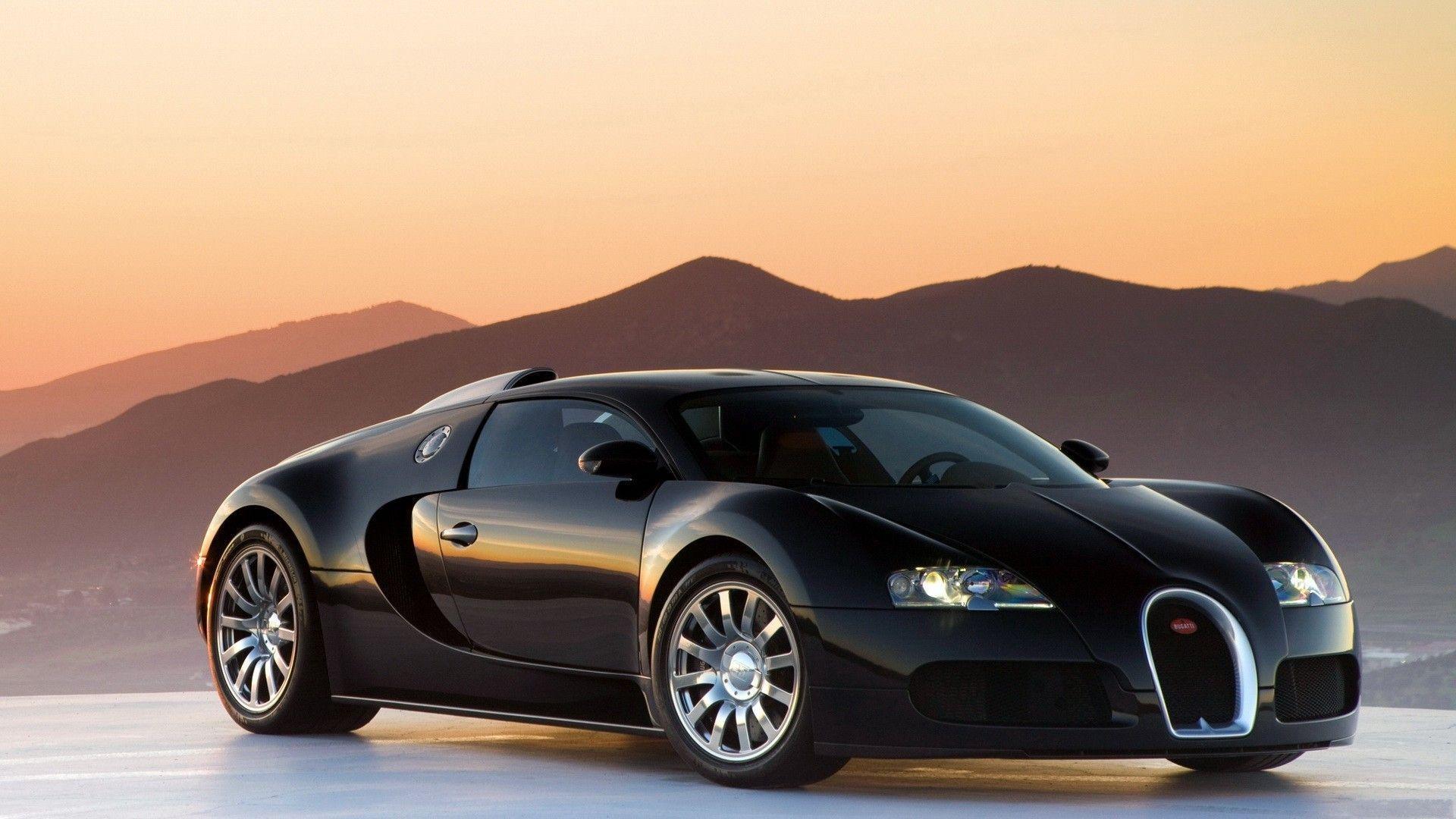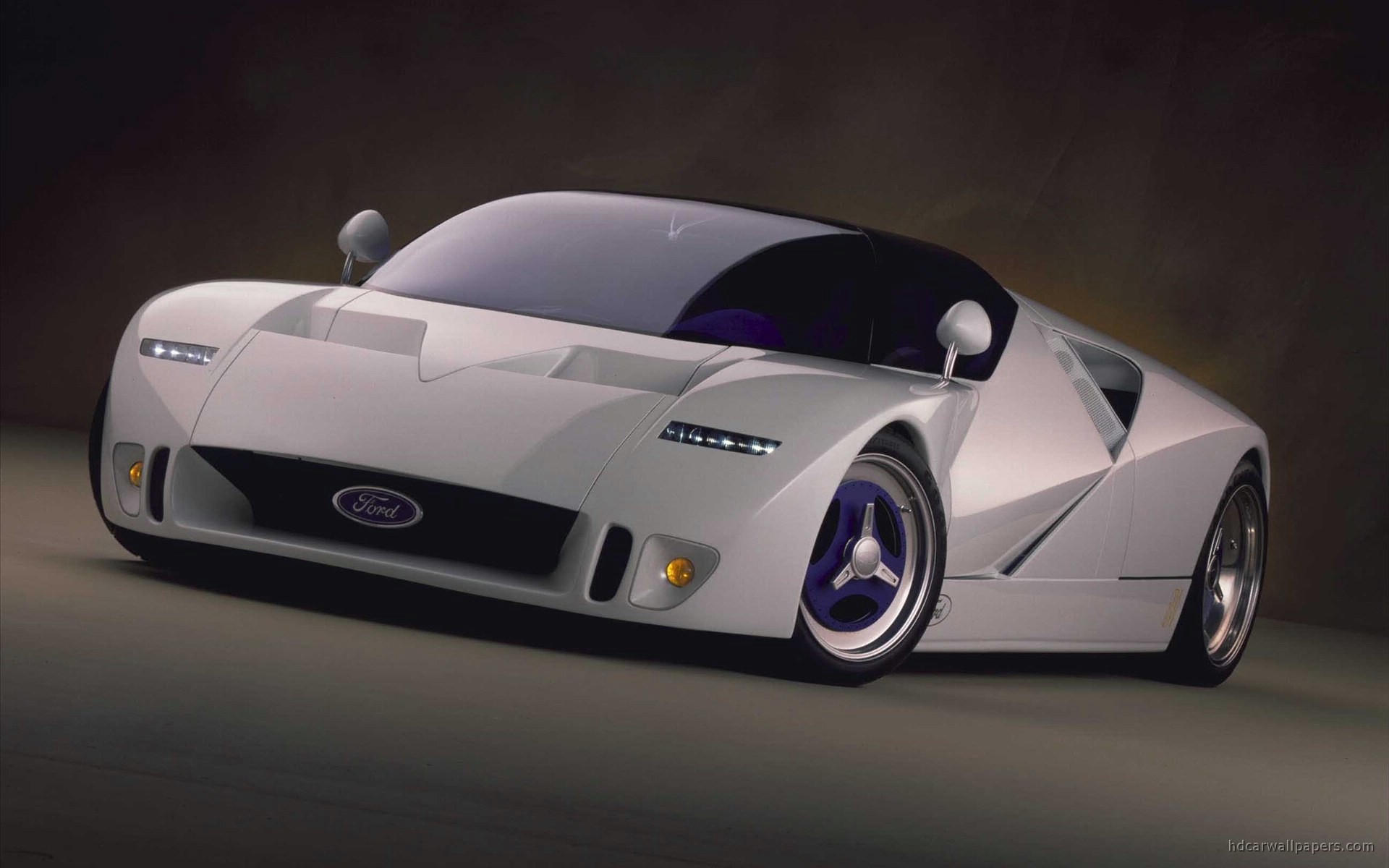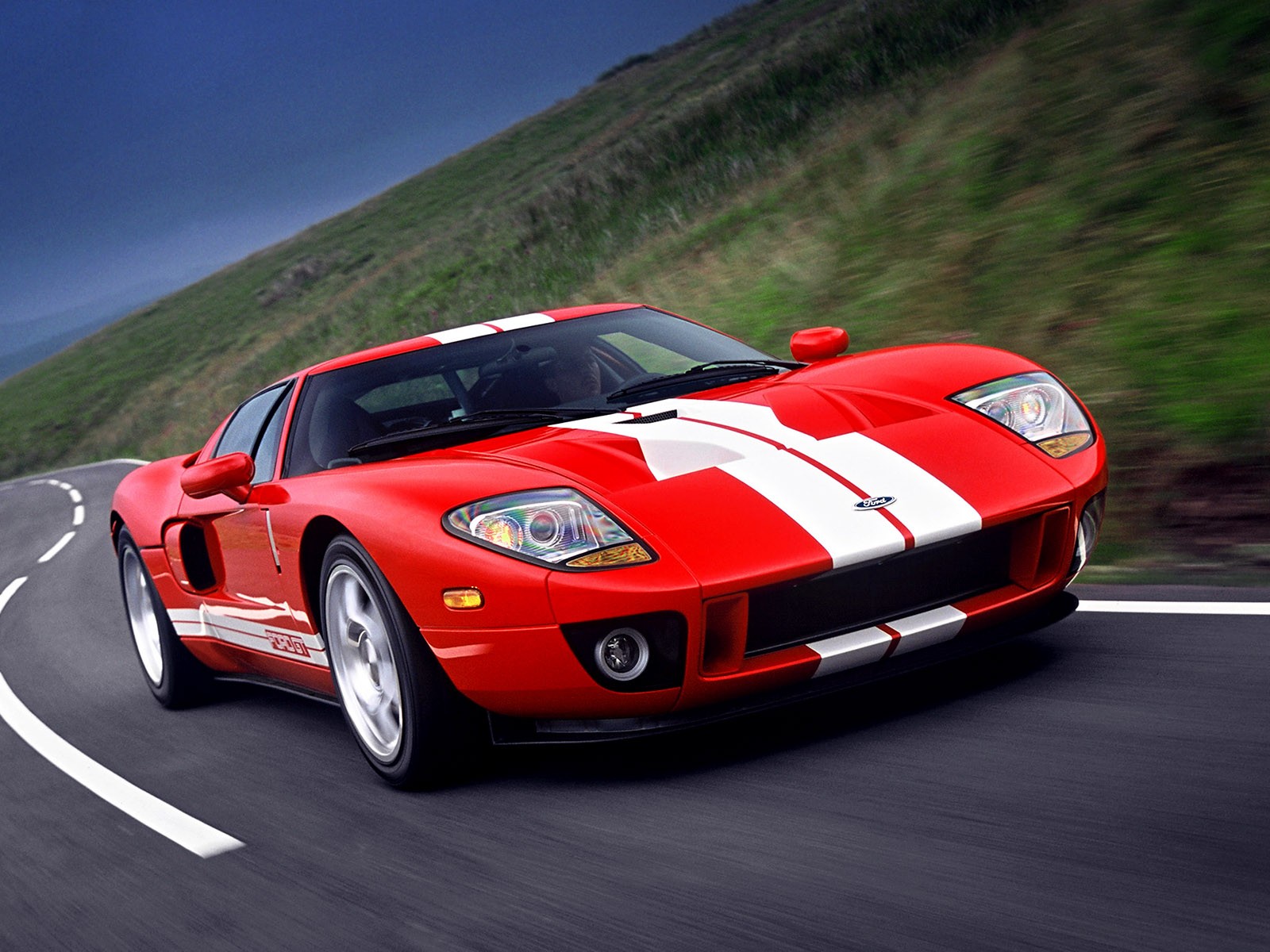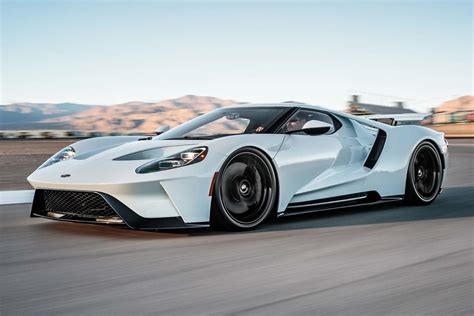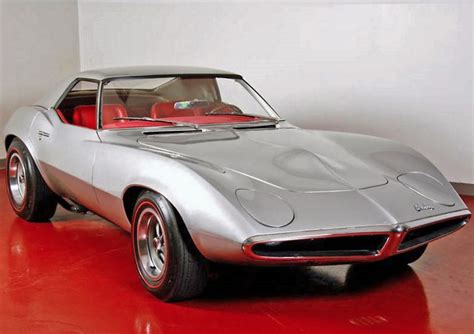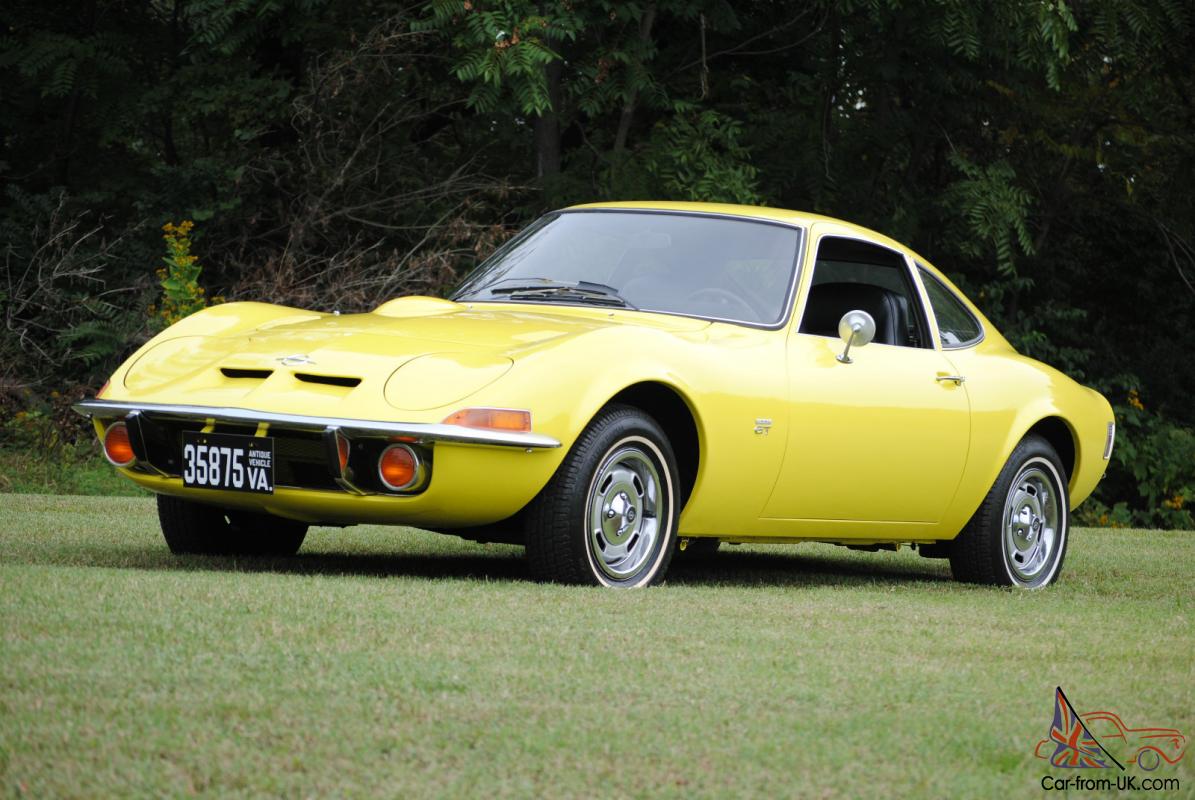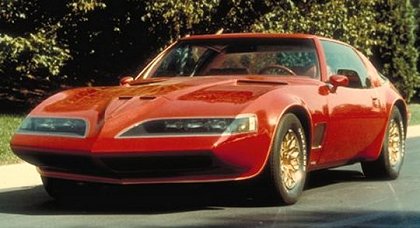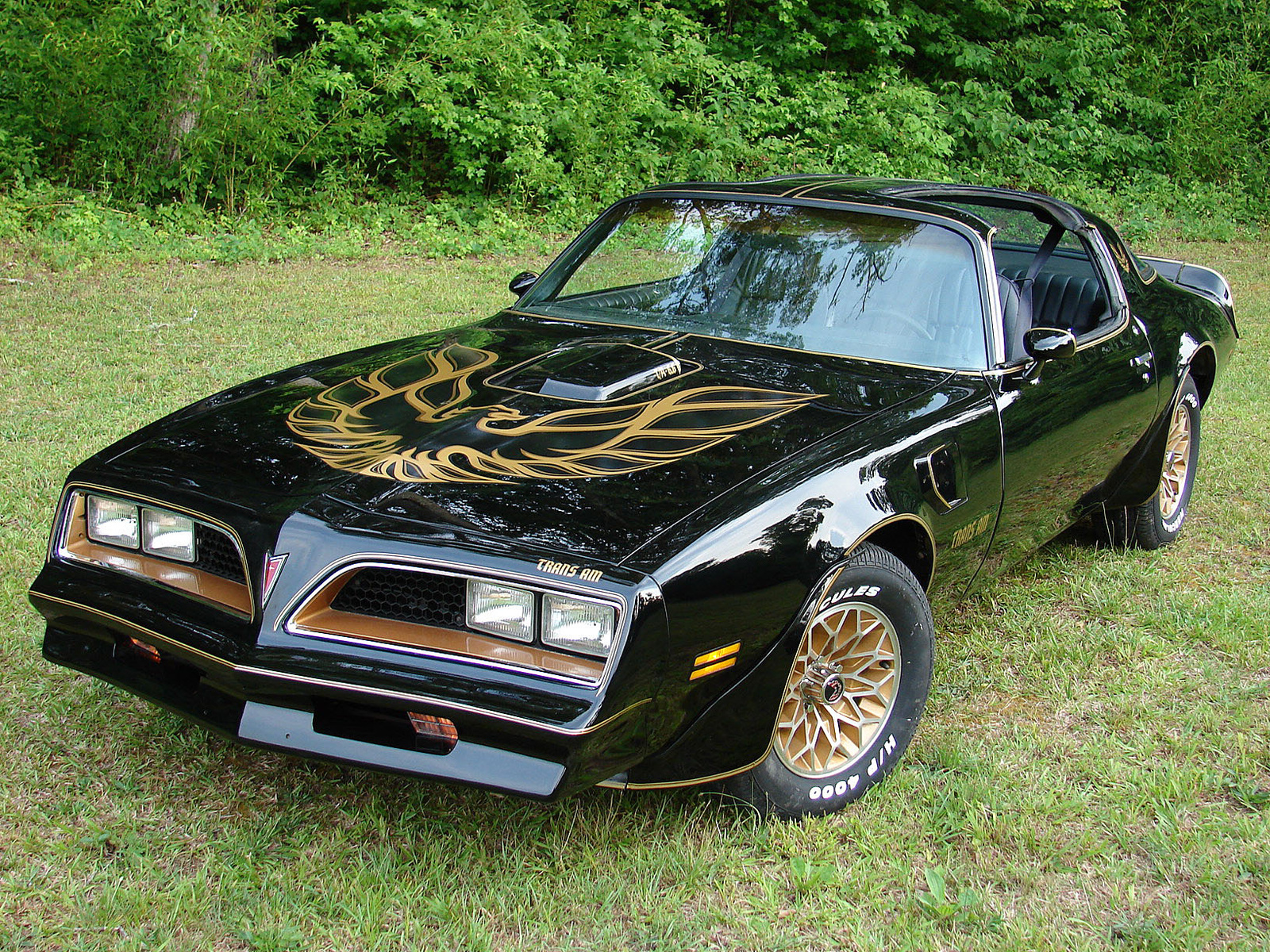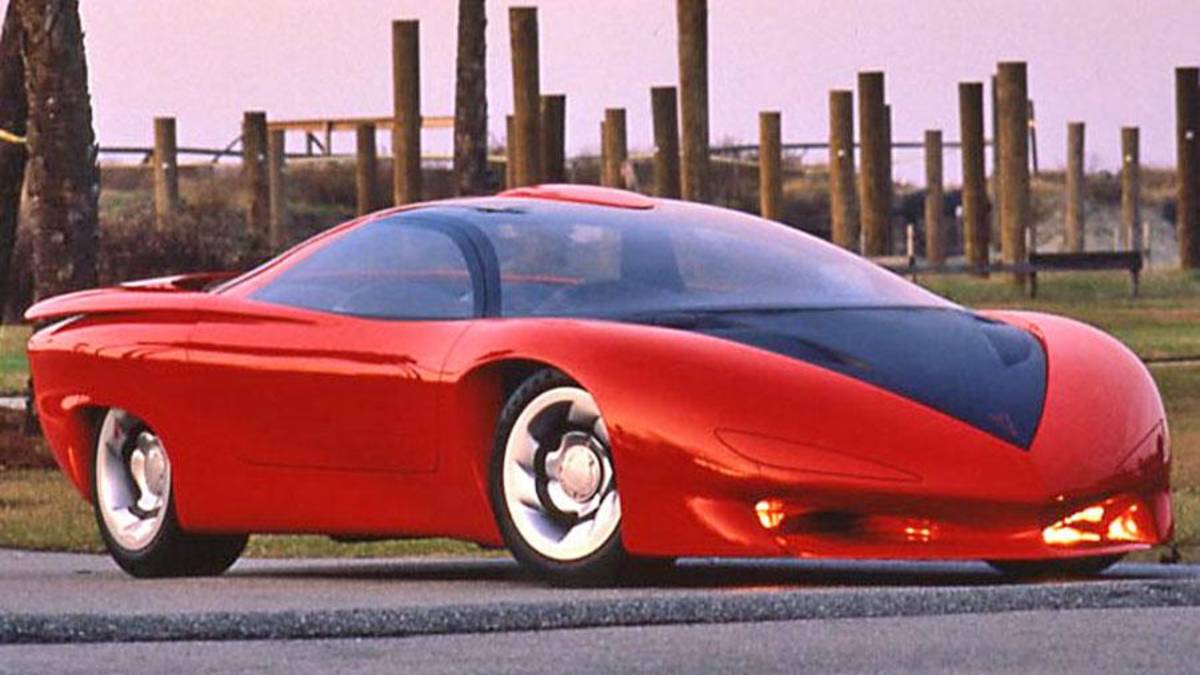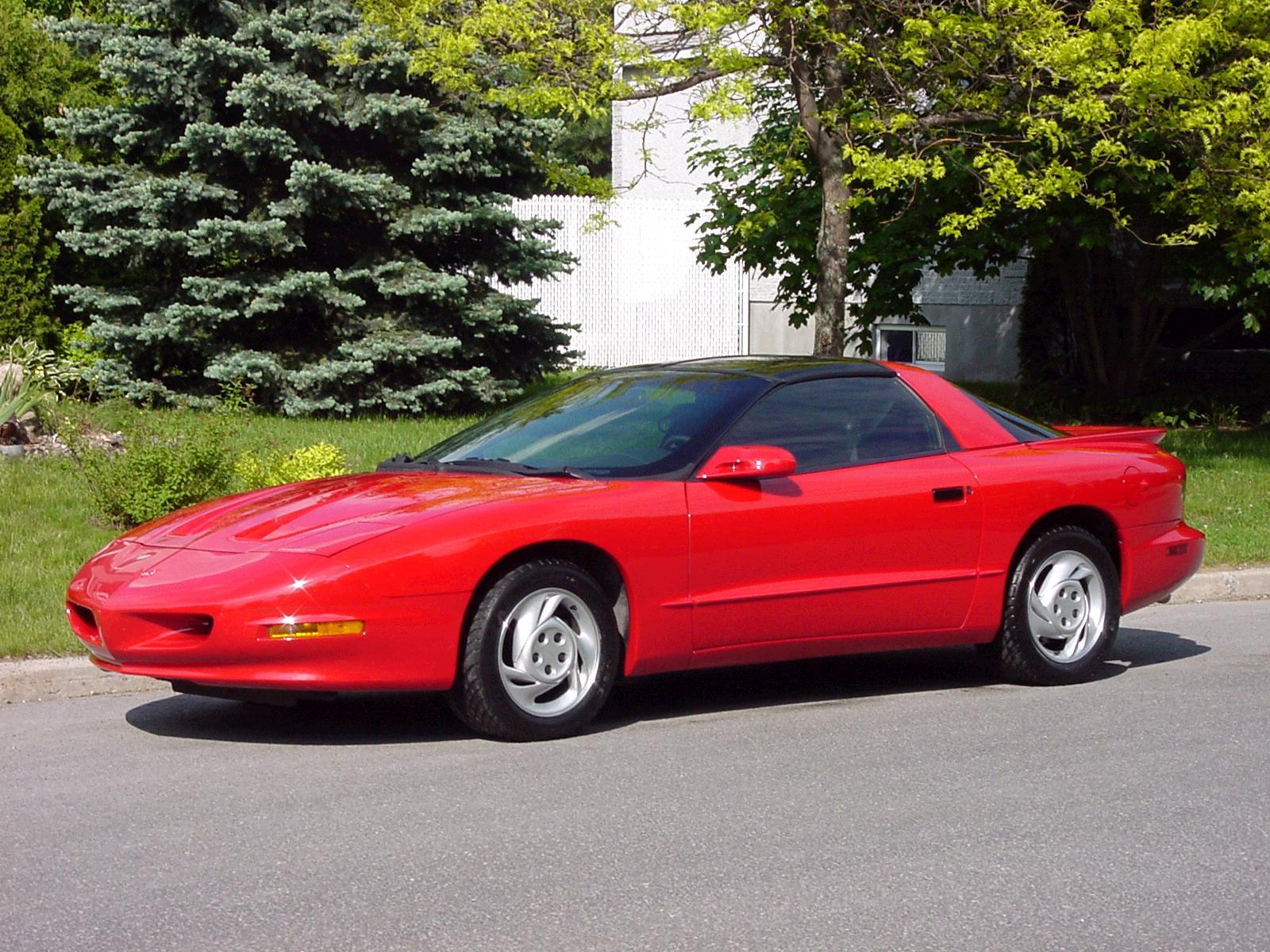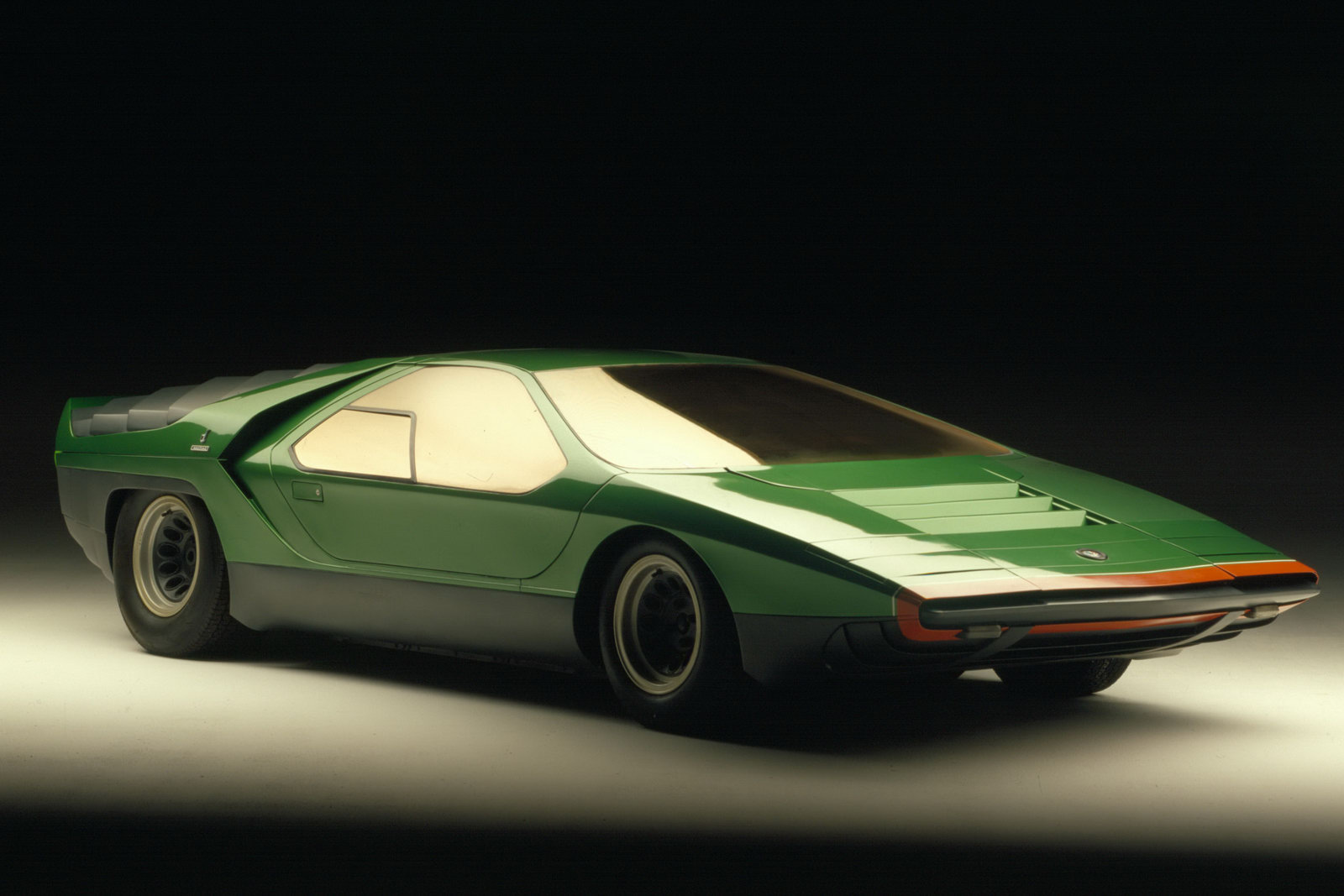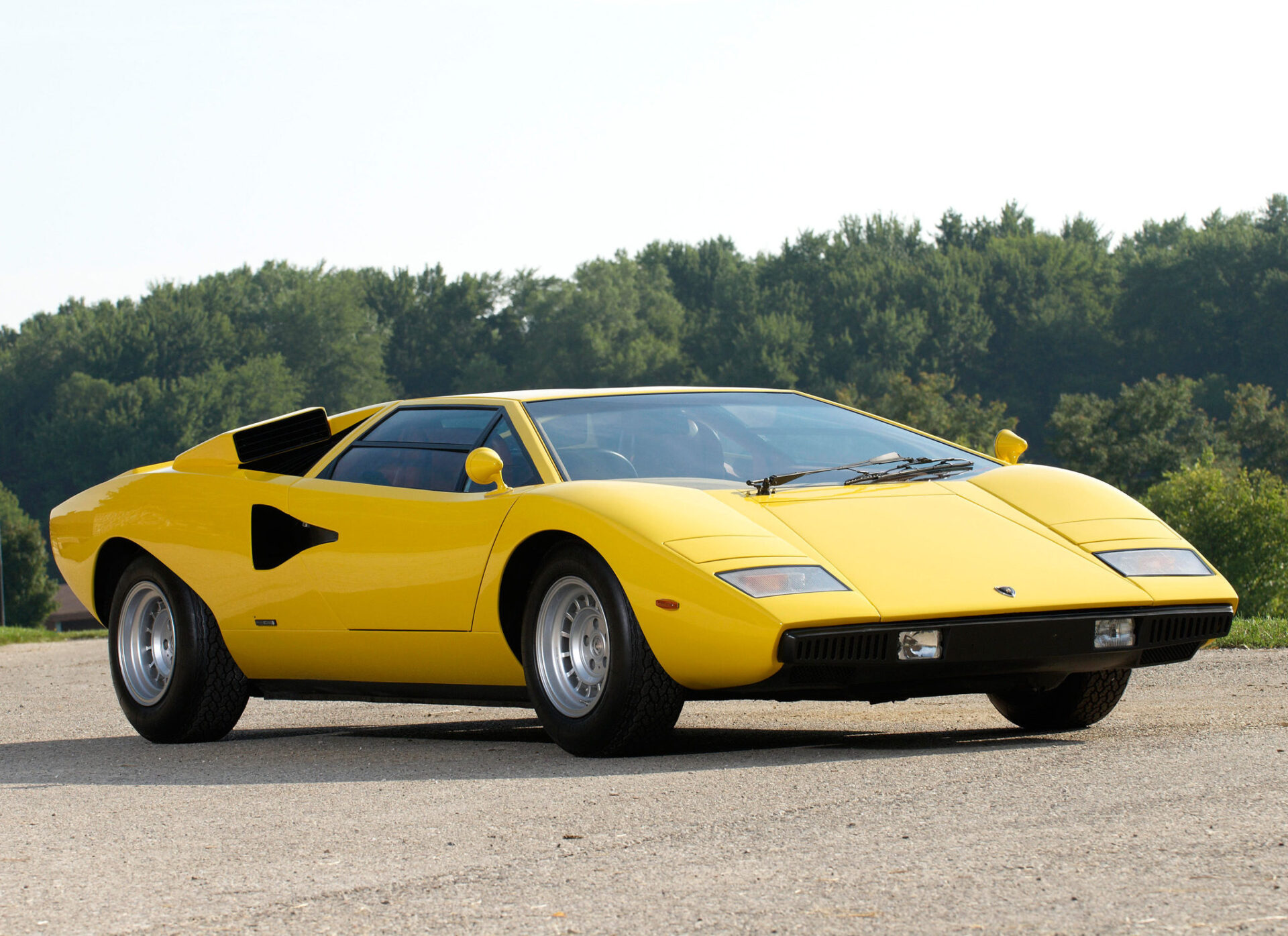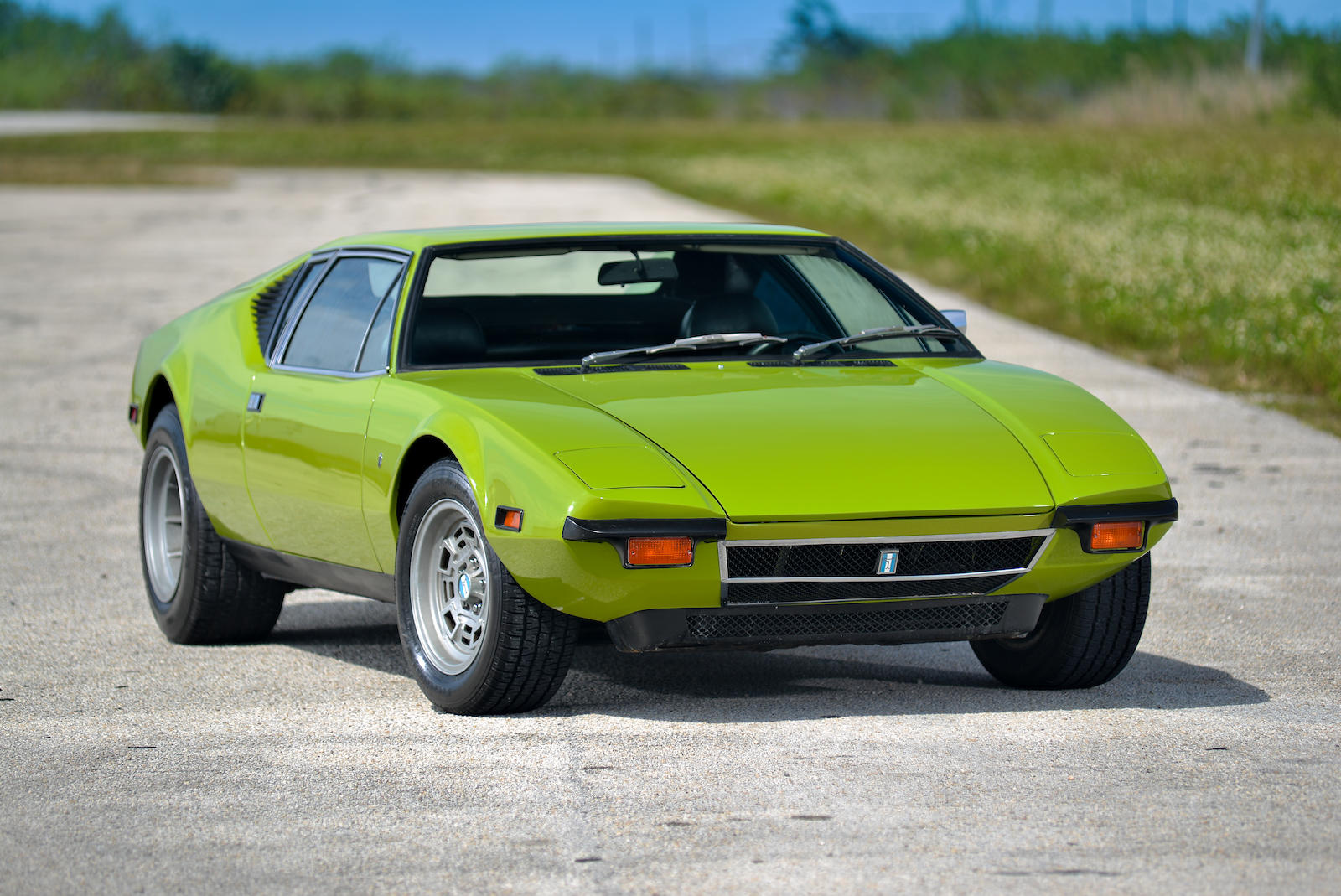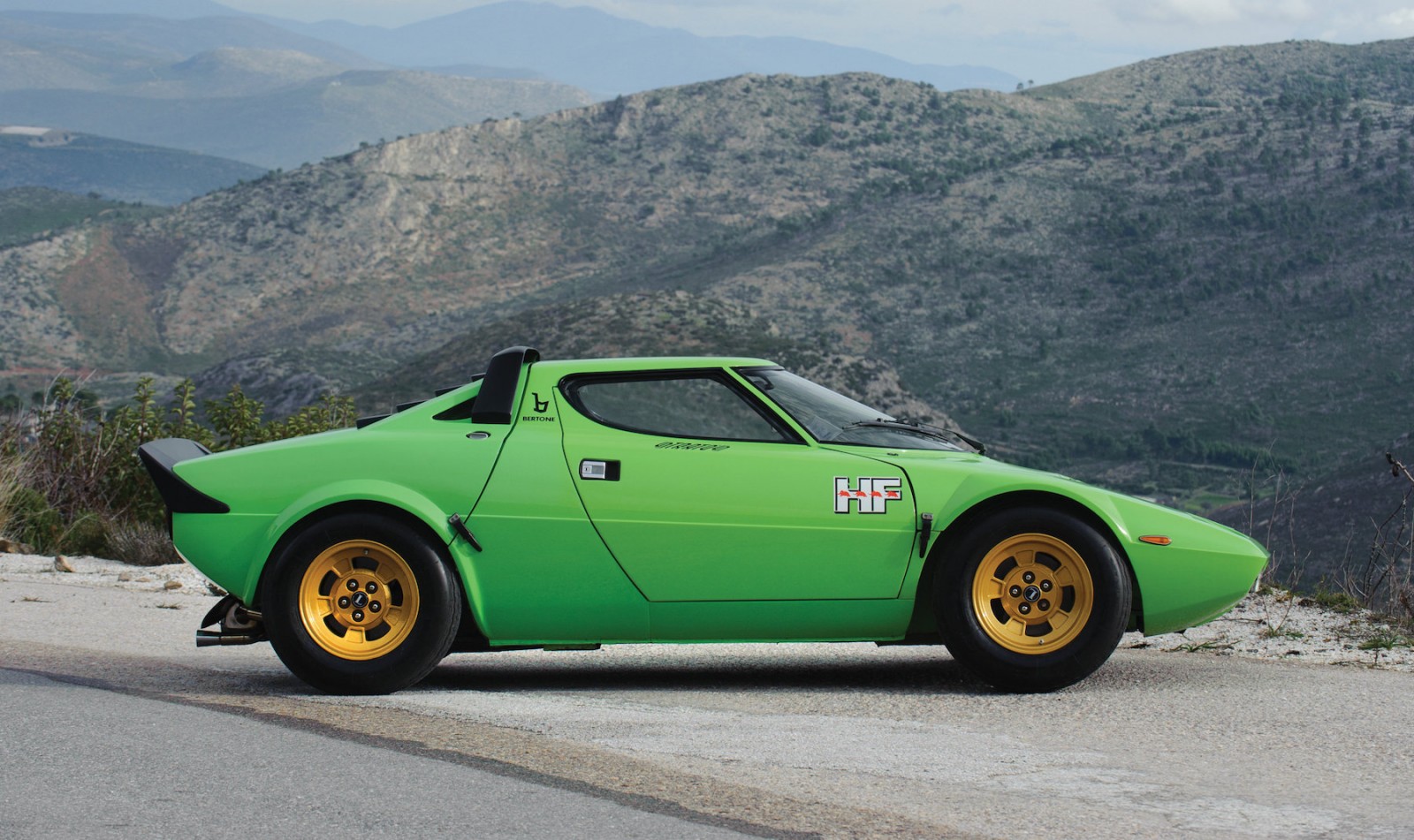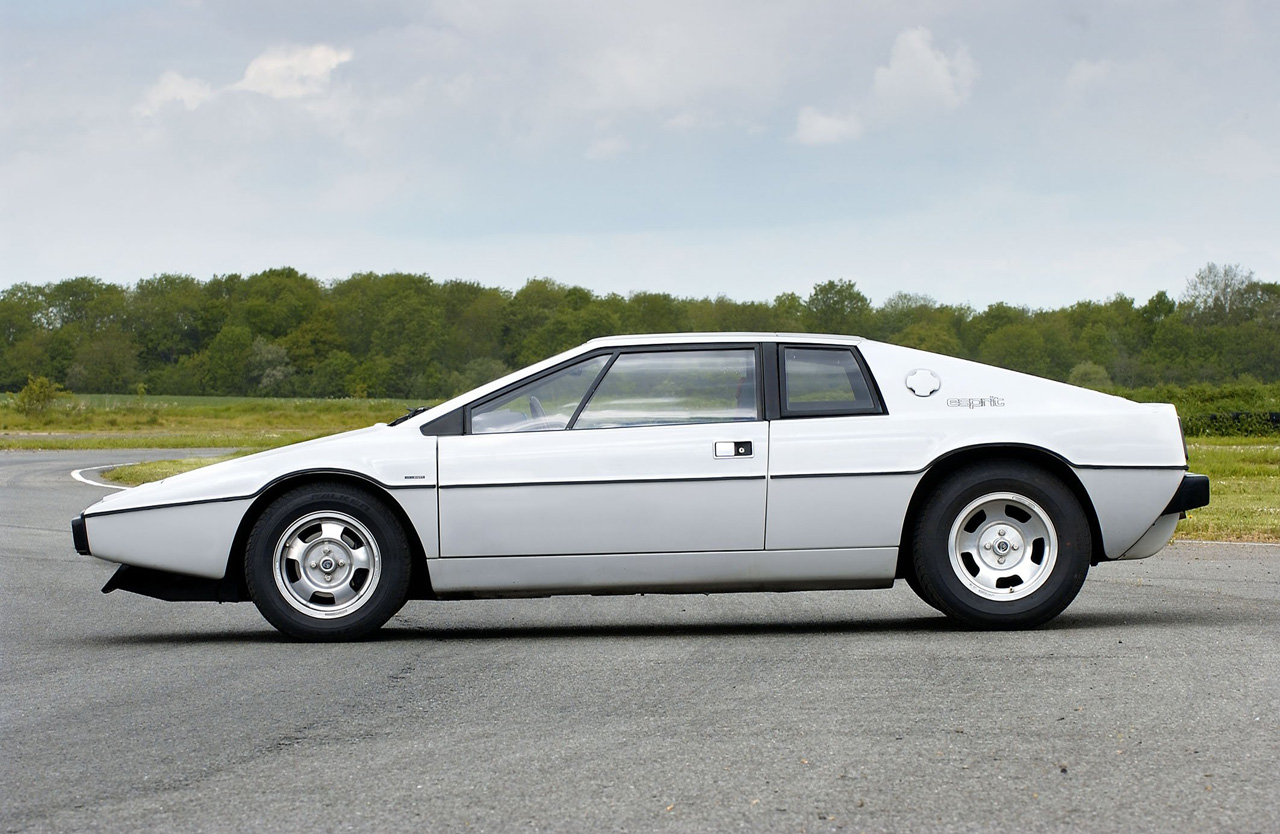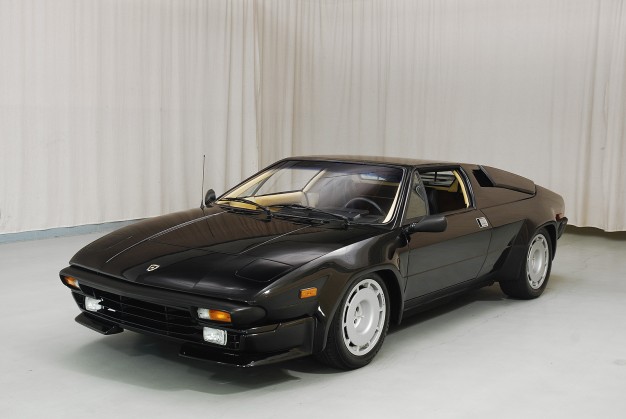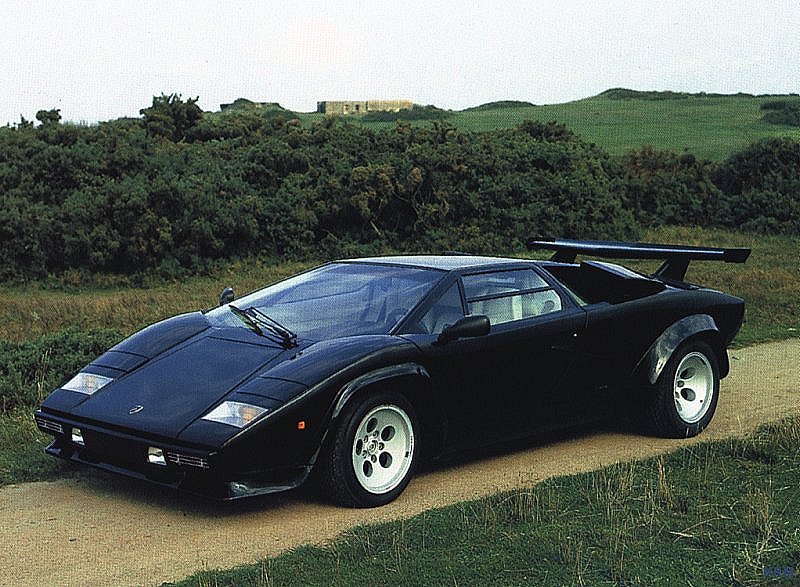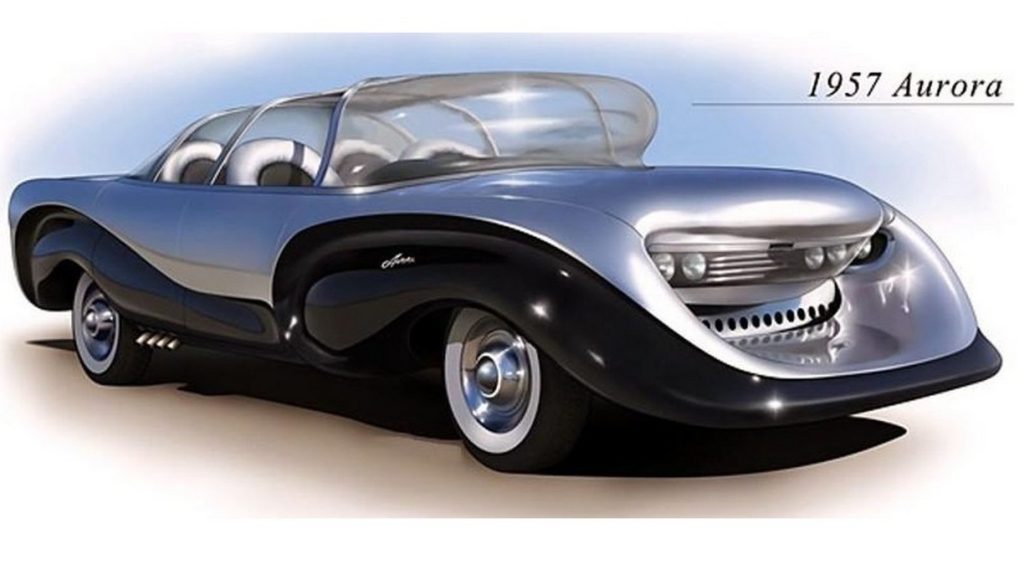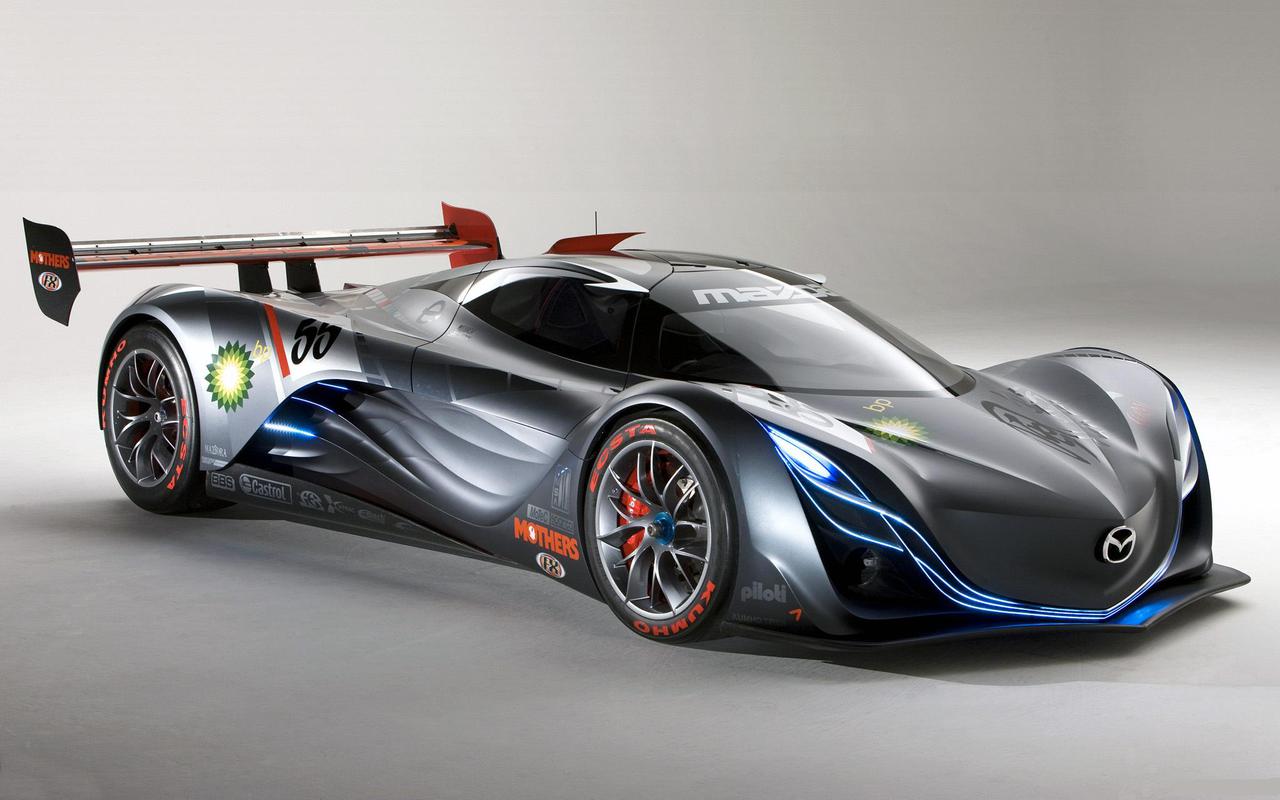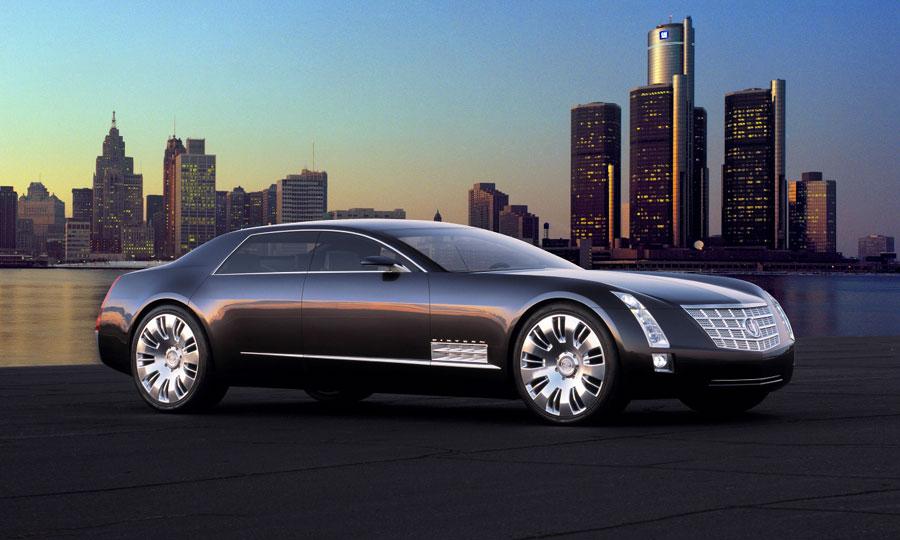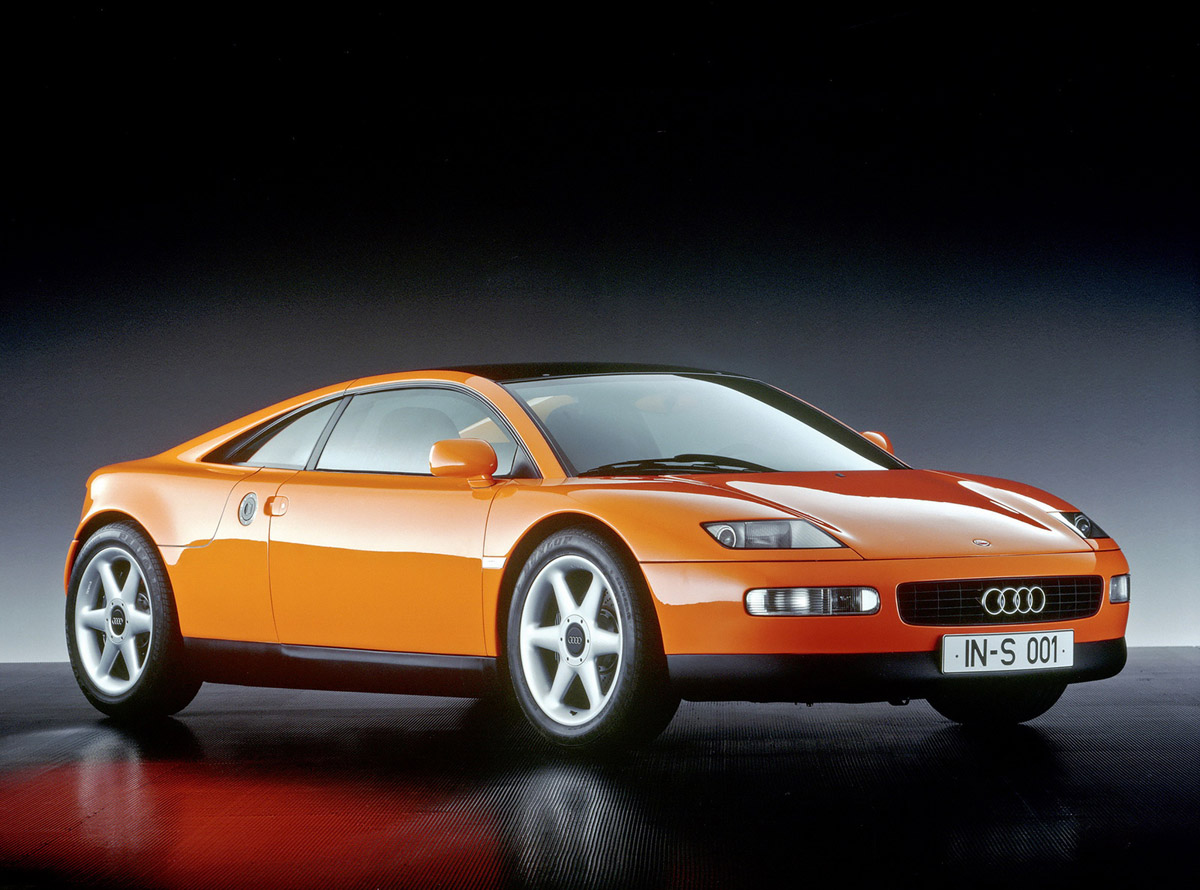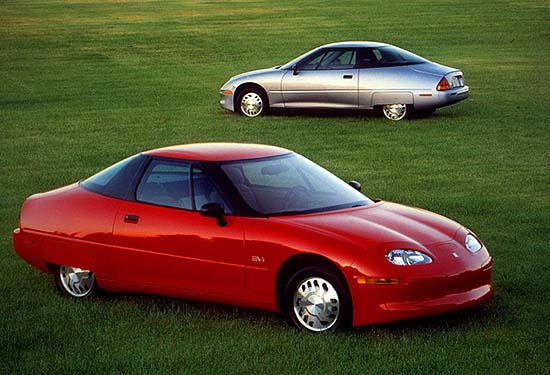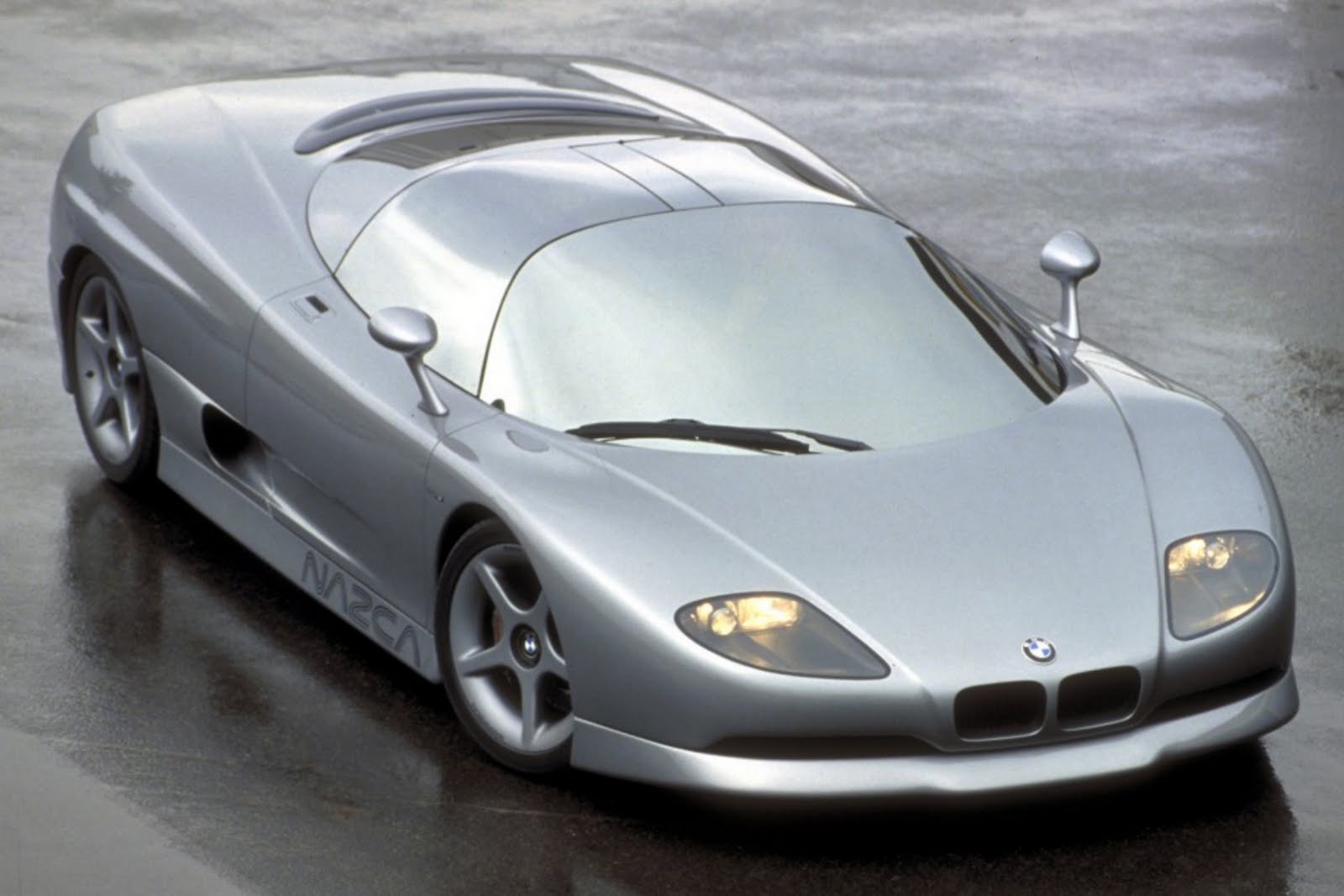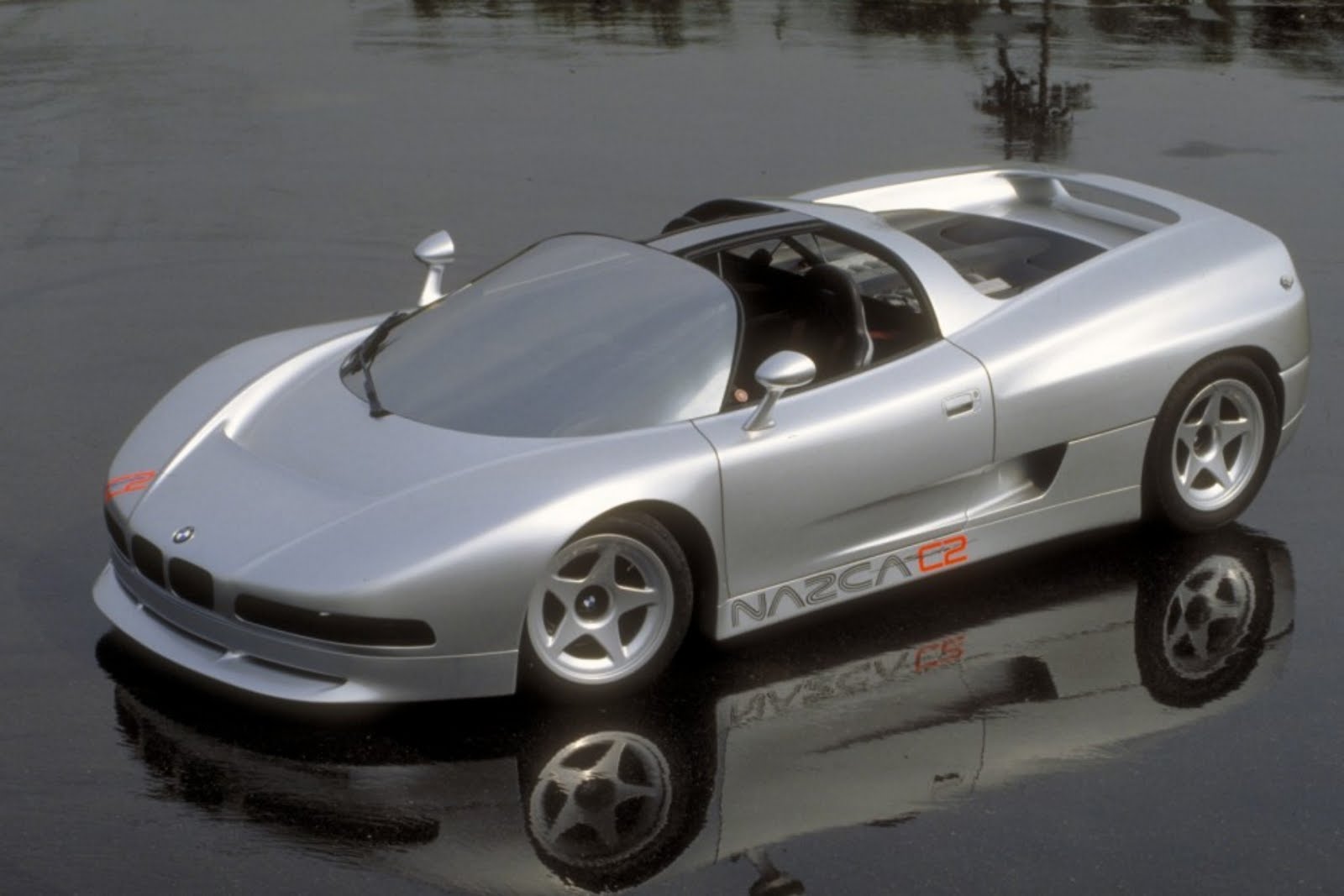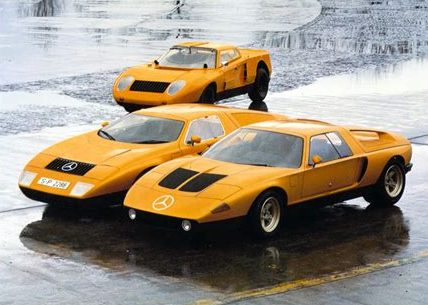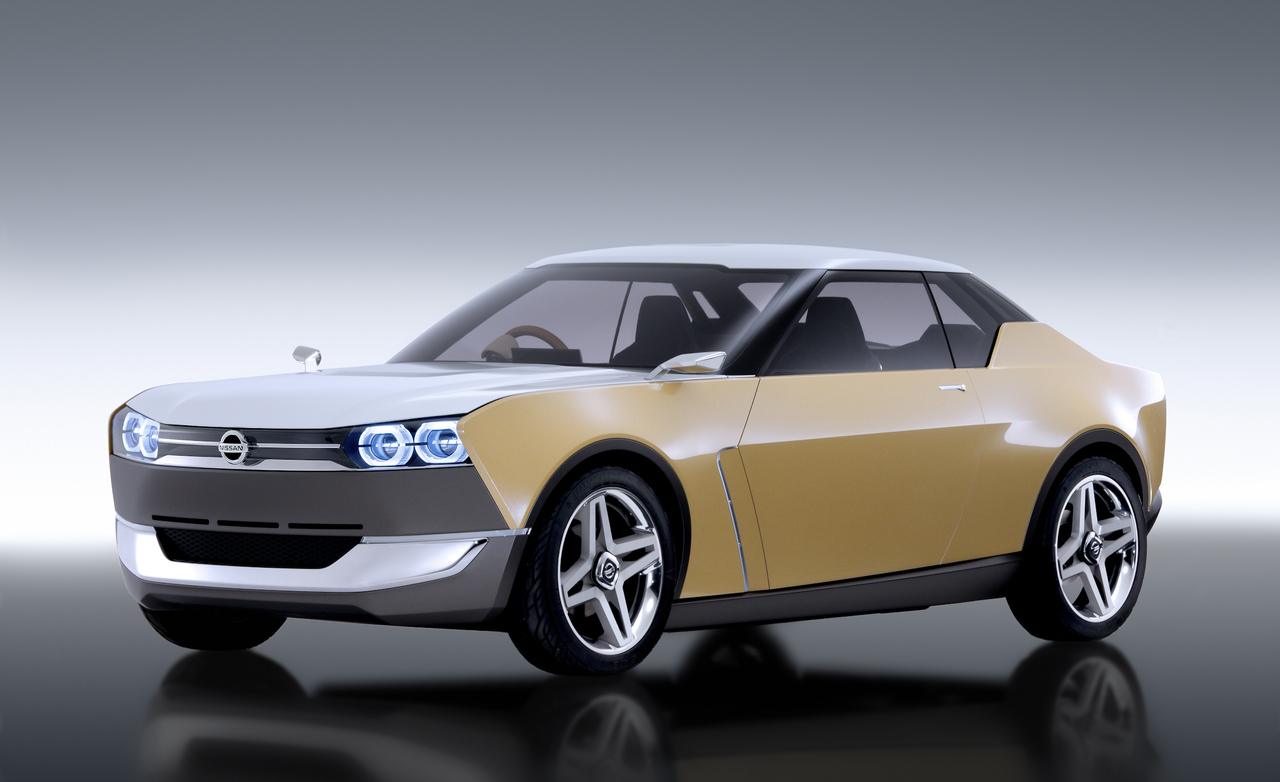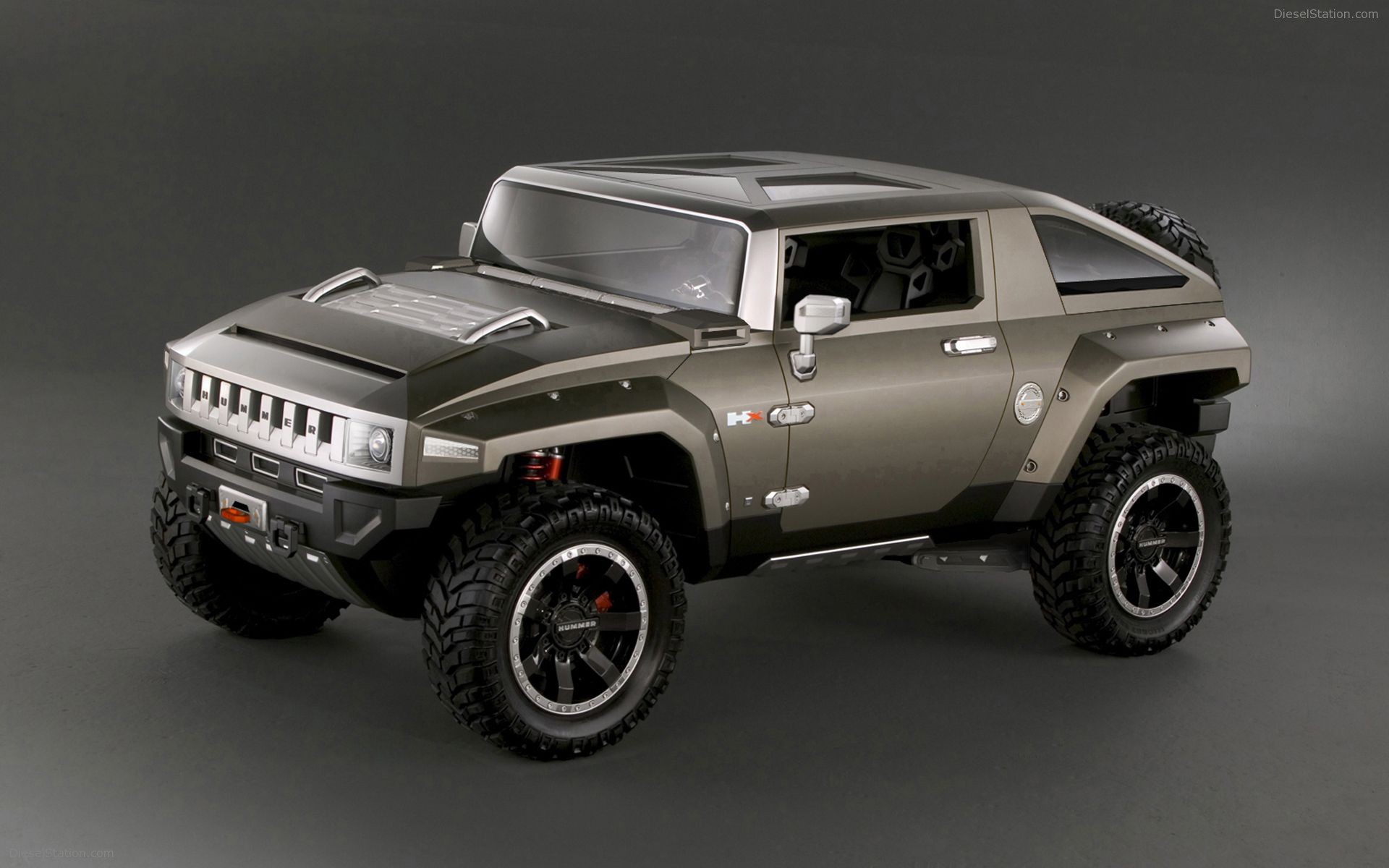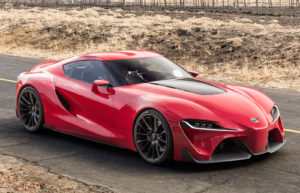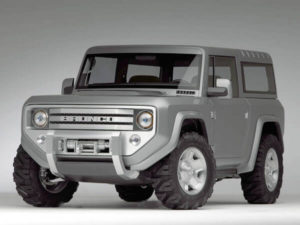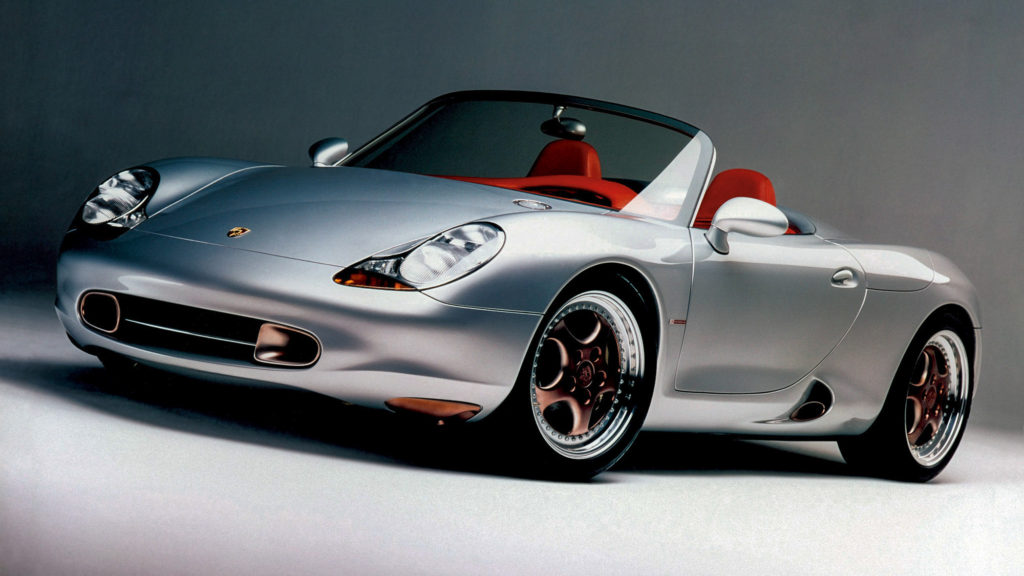Yeah, I did that recently. Street Racer, released in 2008, came on SkyTV down here in New Zealand, and since I was feeling under the weather, I decided to give it a watch. Well… that was a mistake. It was bad, but it did actually talk about racecraft, which made me wonder how many fictional car movies actually talk about real racecraft, no matter how bad some people think they are.
In Street Racer, a former street (drag) racer ends up getting taught how to circuit race for the purposes of advancing the story and getting him redemption. The “straights are for fast cars, corners are for fast drivers” type line is actually said, although it might have been drag racing vs circuit racing, I can’t remember the exact wording. For extra credit, the racecraft is taught using shifter-karts. Carrying more speed through the corners, smooth inputs and out-braking your opponents are all things that get discussed on screen. Now how about some other movies that talk about REAL racecraft, not “granny shifting instead of double clutching like you should.” (Fast and the Furious).

Days of Thunder is a movie a lot of people either love (because NASCAR) or hate (because NASCAR) but it does talk about some actual concepts. Grip, down force, the difference between loose and tight, drafting, tire wear and the slingshot technique are all things they discuss. “The tires are half as wide and the car weighs twice as much.” – “Loose is fast and on the edge of control.” There are some great one-liners in there. Granted, the slingshot discussion involves two sweetener packets heading up Nicole Kidman’s leg to the *ahem* finish line, but it is still discussed. It also gets some extra bonus points in my book for talking about the topic of race car drivers and concussions back in 1990 when it is still a taboo discussion as Dale Earnhardt Jr. has proven recently since his retirement.

The Disney-Pixar Cars movies have also had some good racecraft discussion for the budding automotive enthusiast, but unlike the ones I just mentioned, these are much more liked. Cars has the famous turn right to go left scenes where Lightning McQueen is learning how to drift through the corners on a dirt track. It also gets extra chops for having Paul Newman, a racing man in his own right, voice the experienced Hudson Hornet teaching McQueen his racecraft. Cars 3 is actually Days Of Thunder but animated. Your hero has a horrible crash, loses his nerve, has to fight his way back and talks about the race craft of drafting and finding the openings in traffic to move through the pack. It even ends at Daytona. Nothing is new in Hollywood… LOL.

Fast & Furious: Tokyo Drift. Yes, I just mentioned Tokyo Drift after mocking the first Fast & Furious above, and it is probably one of the most hated Fast & Furious movies, but hear me out on this one. Tokyo Drift is a movie that spent a lot of time discussing drifting while the lead of the movie tried to learn. I was on the fence about including this one, but of all of the Fast & Furious movies it is probably the one that takes itself most seriously. No undercover cops and super villains bent on world domination, and no 5 minute 1/4 mile drag race sequences. It also spent the most time seriously discussing an automotive discipline out of all of the other films in the franchise. Sure – it goes over the top, but all of the movies on this list do!

While doing the “difficult” research for this article, I added a movie I had never seen before to the list of reference materials, Born to Race: Fast Track. This movie actually has some serious cred in this arena as the movie largely takes place at a racing school at Willow Springs Raceway. It basically starts with Eric M and Sam H racing down mountain roads (MkIV R32 vs Subaru WRX) and has enough Celicas in it to get Racer Ron S excited too. Heck, Tania M basically makes an appearance as the one female at the school who is also driving a MkIV GTI… LOL!
At the race school they spend a bit of time talking about the line in a corner, car control and smoothness and there are scenes that will somewhat resonate with the coaches in the group as they spend time sitting right sight coaching their team mates to improve their lap times. Even the racing scenes are better than your average racing movie. The time spent at the Pep Boys Speed Shop amuses me considering how much some of our members have had done at the one in Glen Burnie, MD. It is really funny how many pieces of the movie related to GTM members. No VW Bugs though.
There were other movies I have seen and even re-watched to see if they would make the cut, but didn’t. Need for Speed doesn’t have any racecraft discussion in it, even if the lead character was a skilled driver who grew up racing. And in Driven, the only thing that is really racecraft related is the announcing during the racing, which is pretty damn good, but really just enough for the people who watch real racing to be content.
Now, I am not saying go out and watch all these movies, especially *not* Street Racer. Please, save yourself, and don’t watch it! I just wanted to point out that sometimes you can get some basic automotive knowledge from even the worst car movies. It can serve as an easy way to get people to understand some of the concepts of racing without forcing them to sit down and read racing theory books. It also can serve as a gateway for aspiring gear heads to go absorb some knowledge and get that passion growing within them.
Hollywood takes our passion for cars seriously enough to be accurate with at least some of their depictions of Motorsports and that is refreshing. They will also go over the top and present unrealistic situations for the sake of drama, but by keeping the science and physics of racing at least based in reality, it means car people like us can enjoy the movies more because we don’t want to yell at the writers and directors for making extremely stupid scenes. You know, like having the laptop that controls the ECU and Nitrous start screaming “DANGER TO MANIFOLD” as the rivets for the floor pan suddenly start popping off.
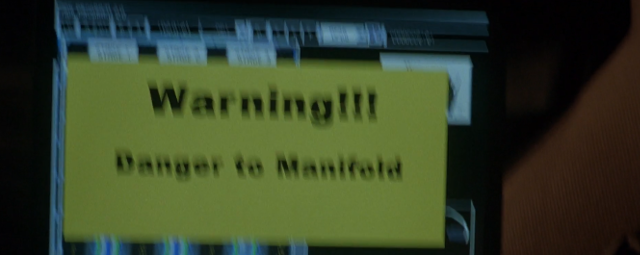
And just to be clear, I actually enjoy the Fast and Furious series of movies, I just don’t take them seriously.





